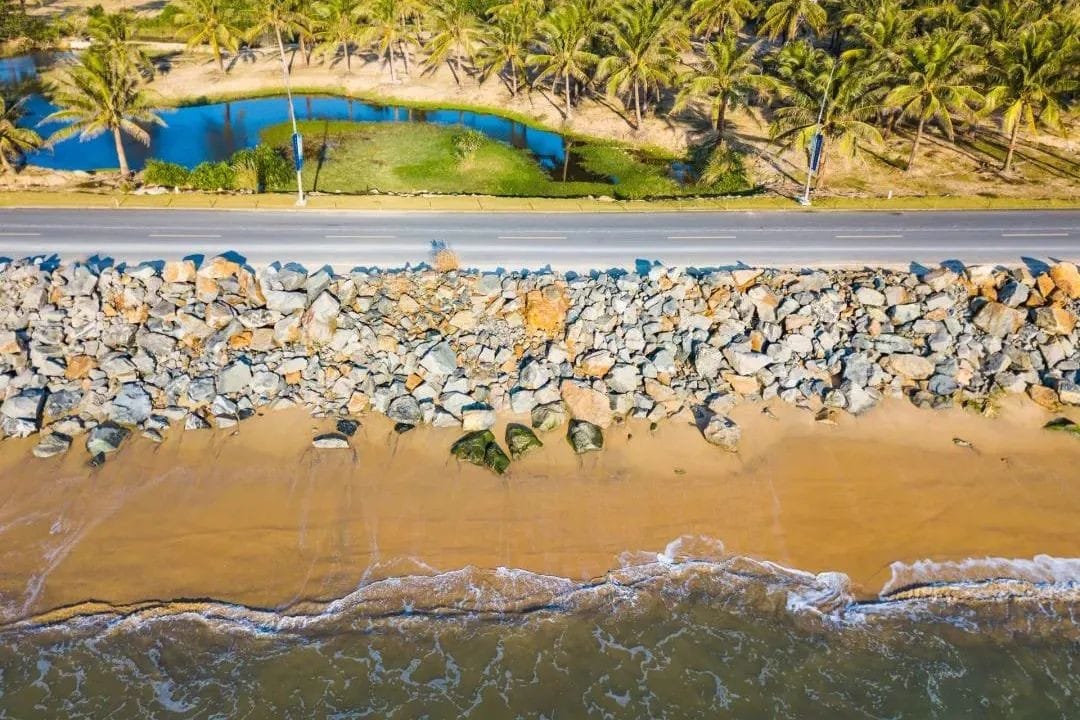
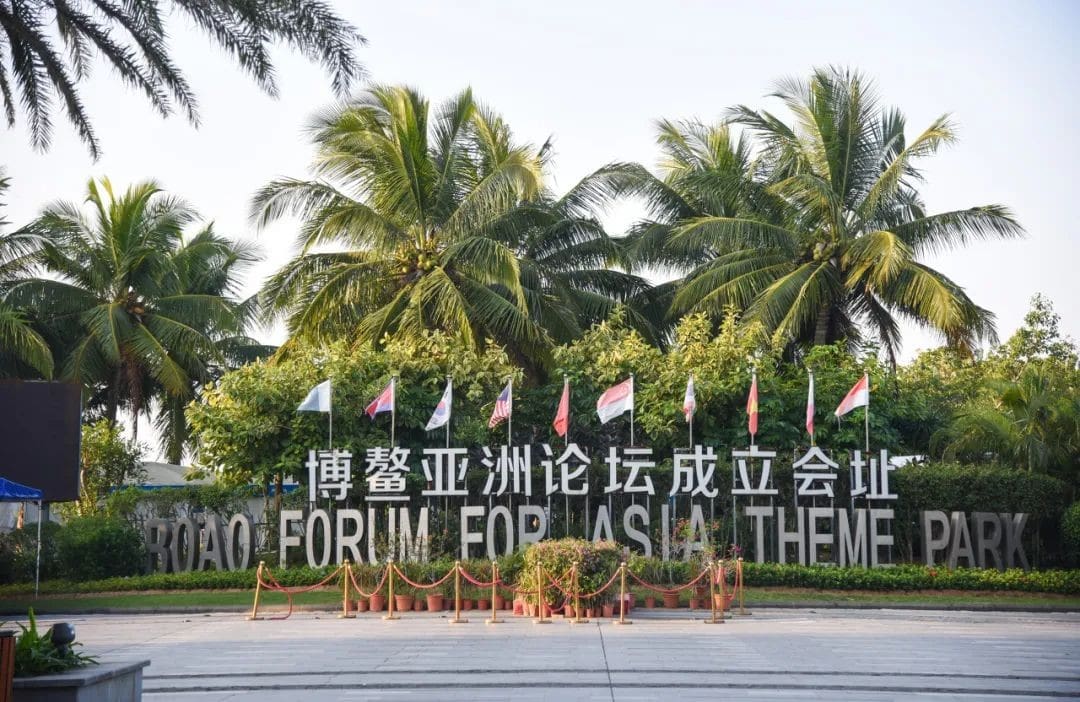
Last time, I wrote about Wanning, the number one surfing destination in China, and unexpectedly, many locals chimed in the comments, unanimously recommending Qionghai.
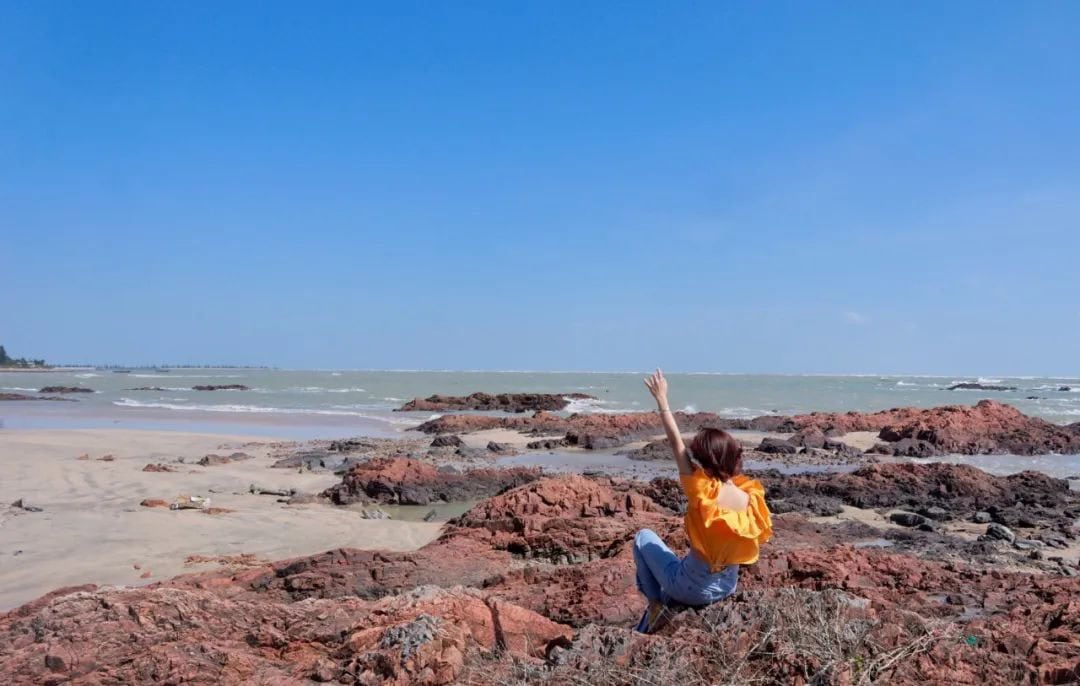
During the pandemic, tourists from all over the country flocked to Sanya, and Hainanese themselves needed a vacation too. Initially, they headed to Wanning, but the hotel prices in Shimei Bay skyrocketed. Now, Qionghai is their favorite destination.
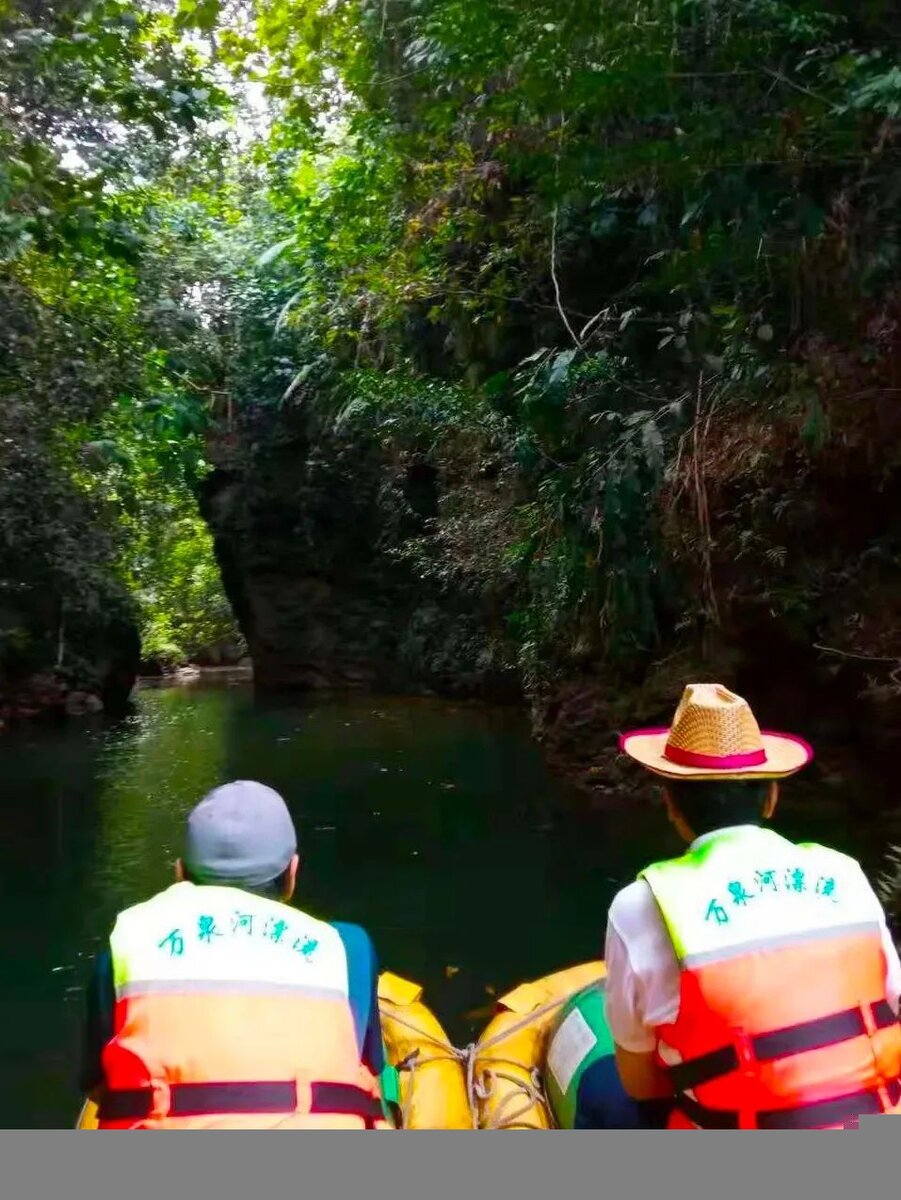
Qionghai is located next to Wanning and is a must-visit city on Hainan’s eastern ring island route.
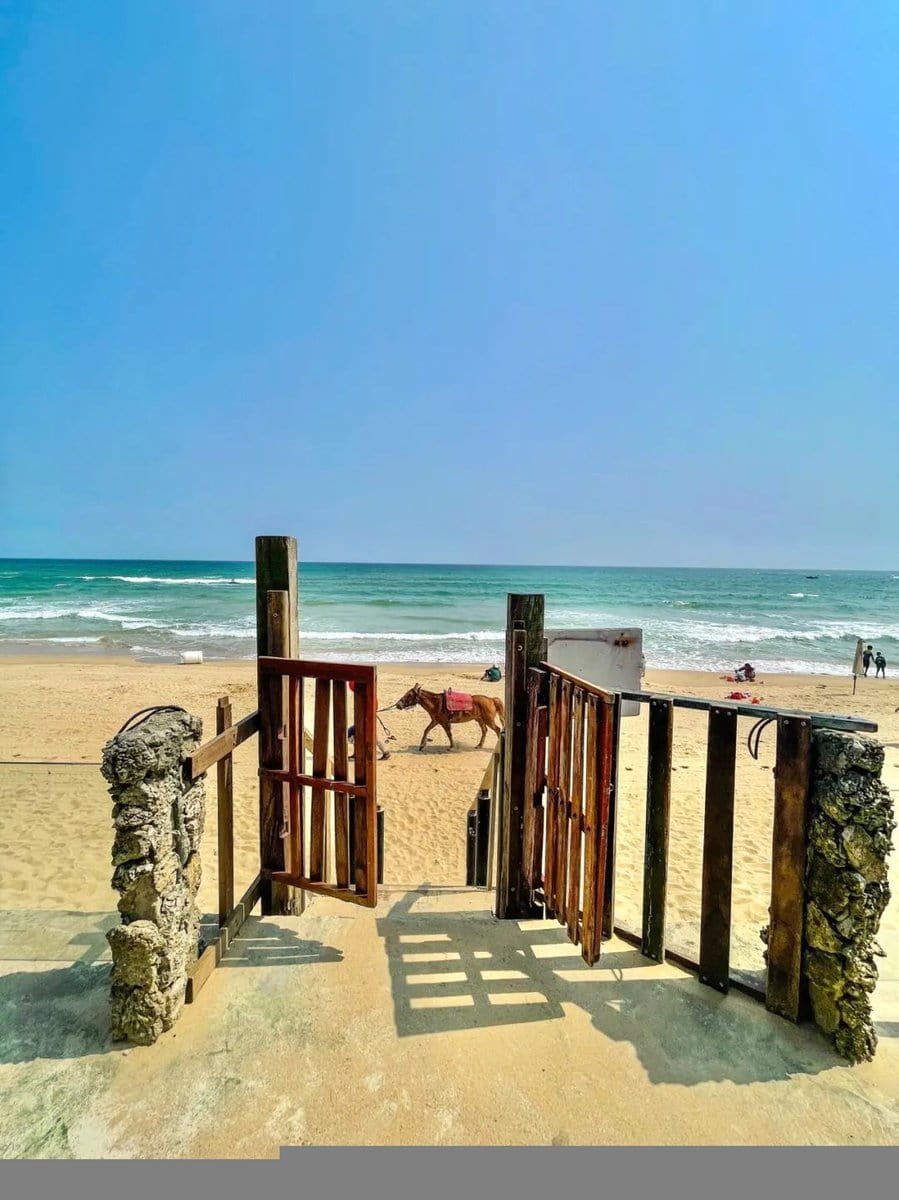
It boasts one airport and two high-speed railway stations, making transportation quite convenient.
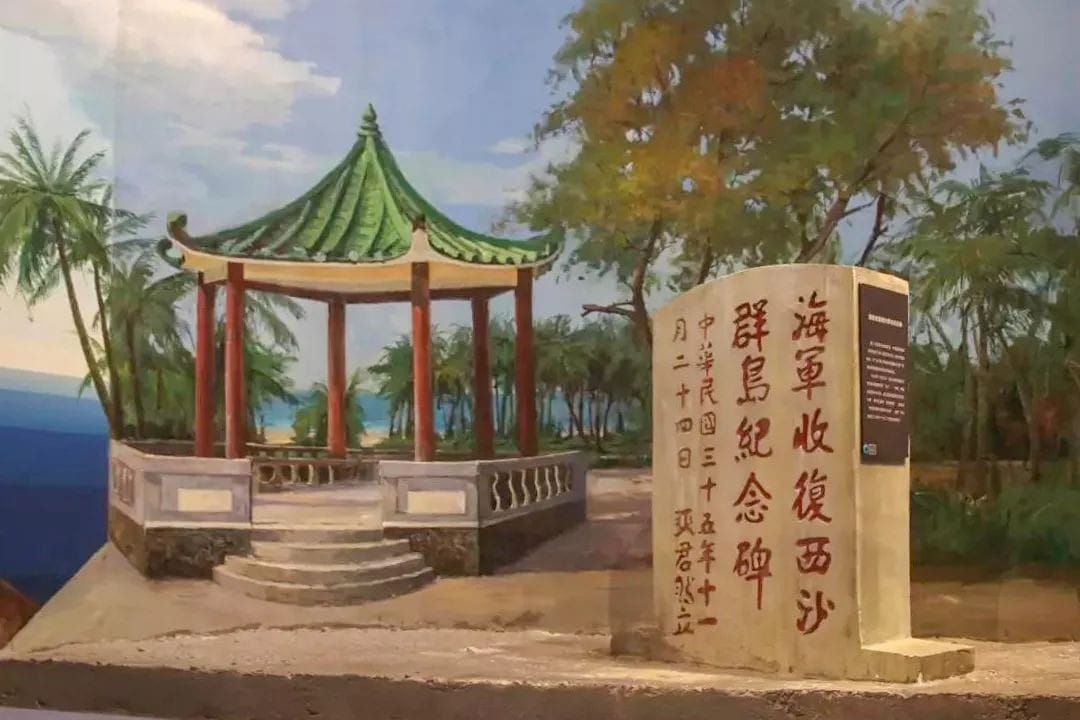
Many people know Boao, the host of the Boao Forum for Asia, which is actually a town under Qionghai. Boao’s fame far exceeds that of Qionghai itself, which is beyond dispute.
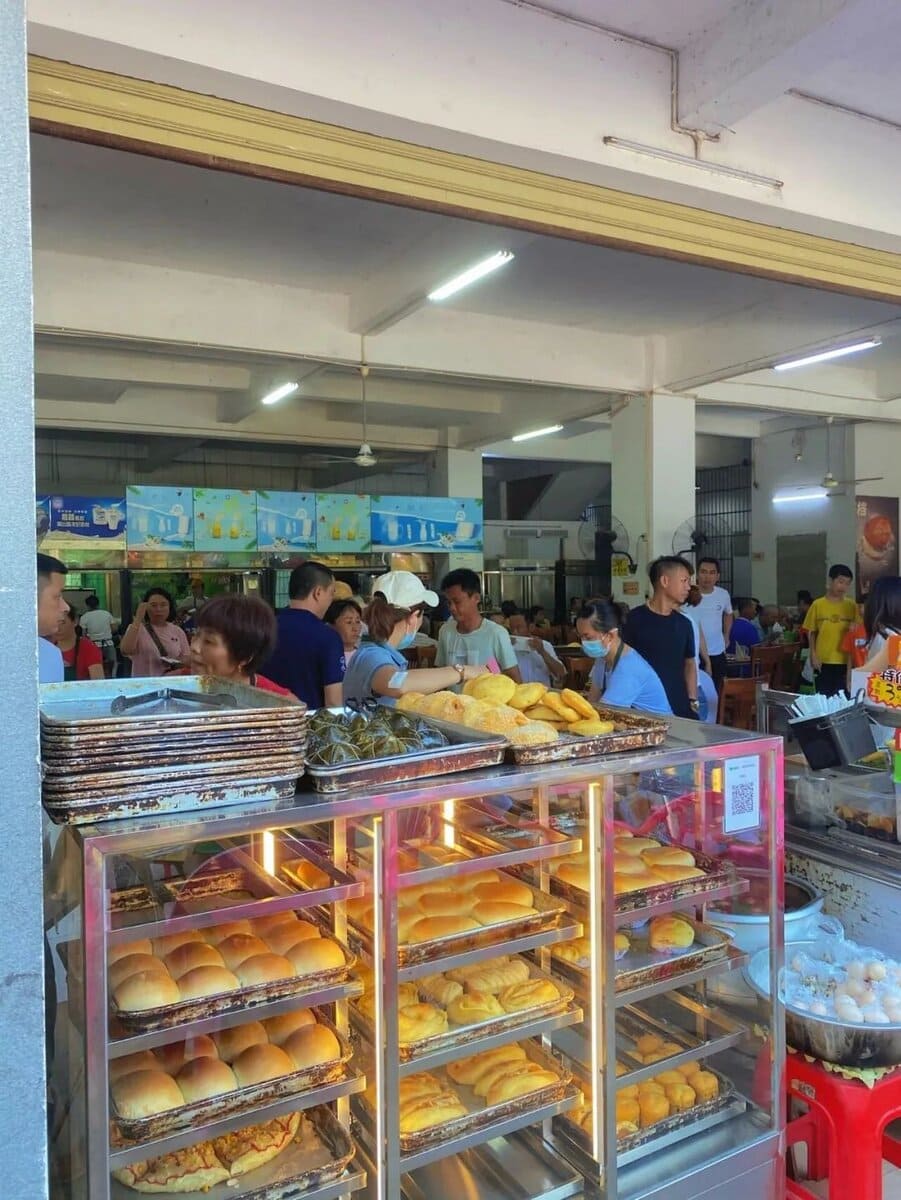
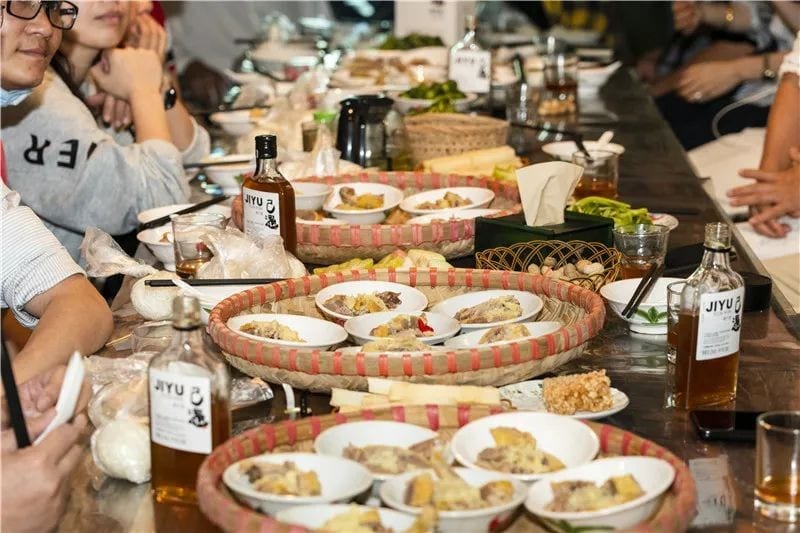
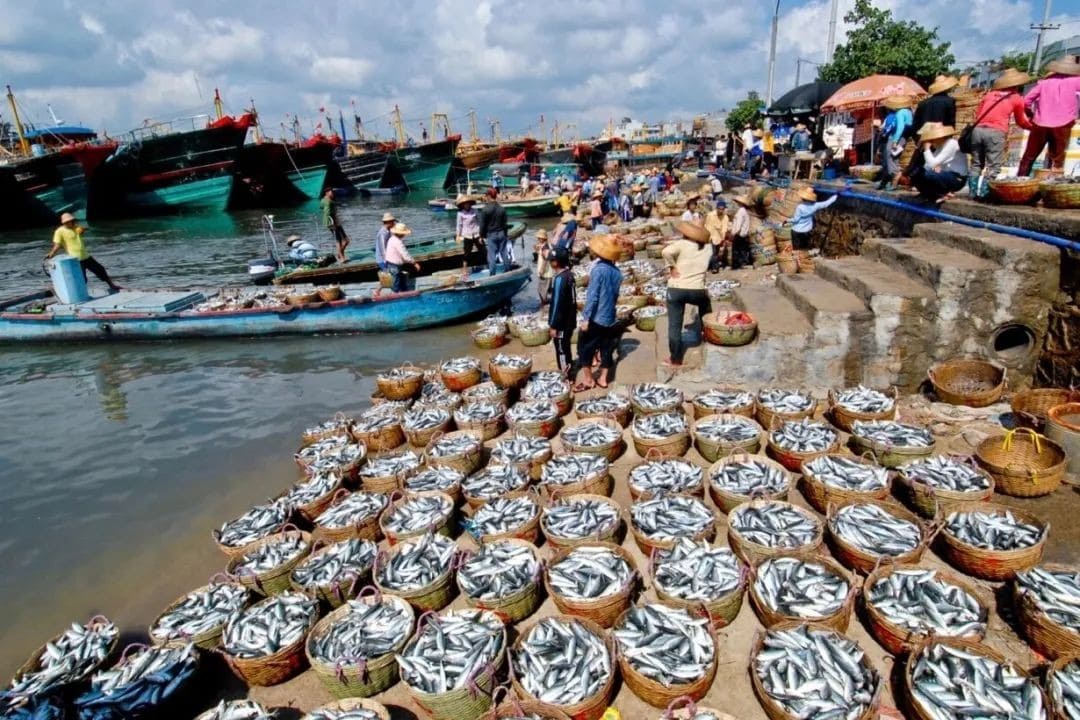
Although Qionghai locals might feel a bit underappreciated, tourists like me are happy to enjoy the benefits of this information gap.
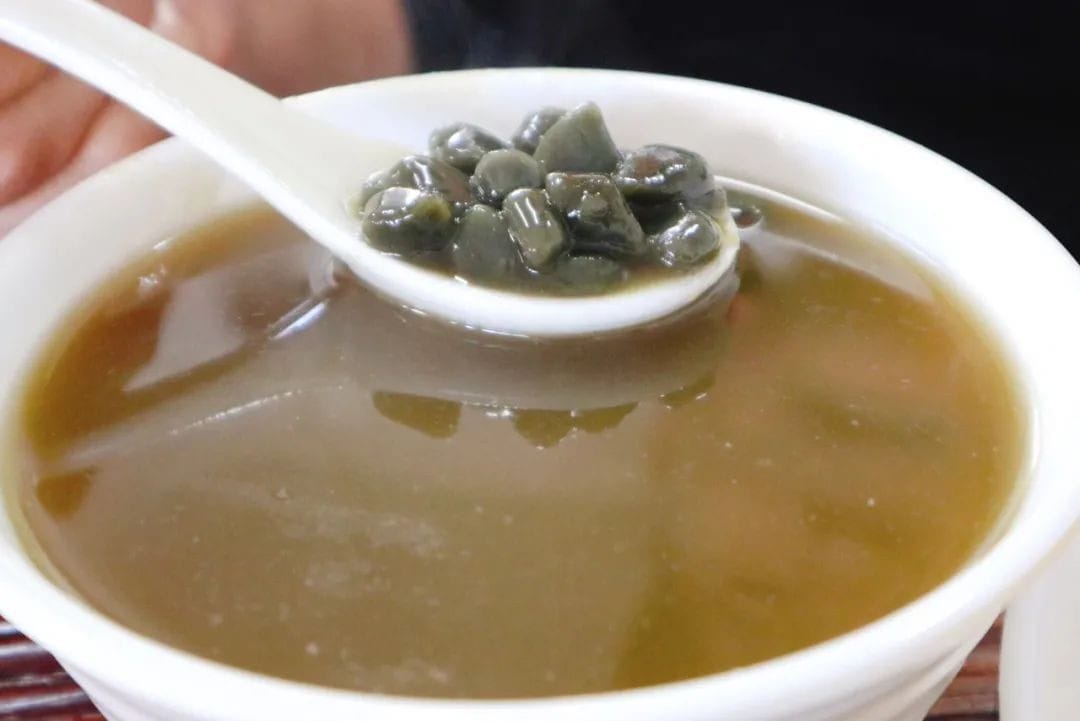
Apart from Sanya and Haikou, the entire Hainan Island offers a cost of living that makes spending money feel like a joyful experience.
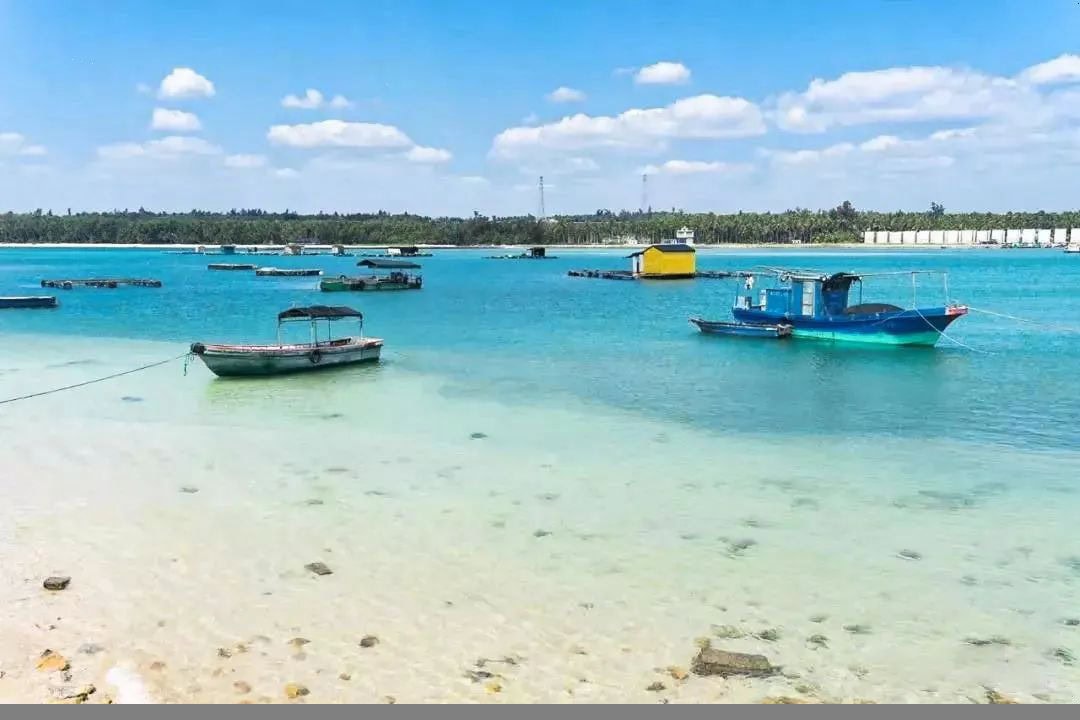
Alternatively, if you want to visit Sanya, you can fly to Qionghai instead. The savings from this round trip can easily reach four figures.
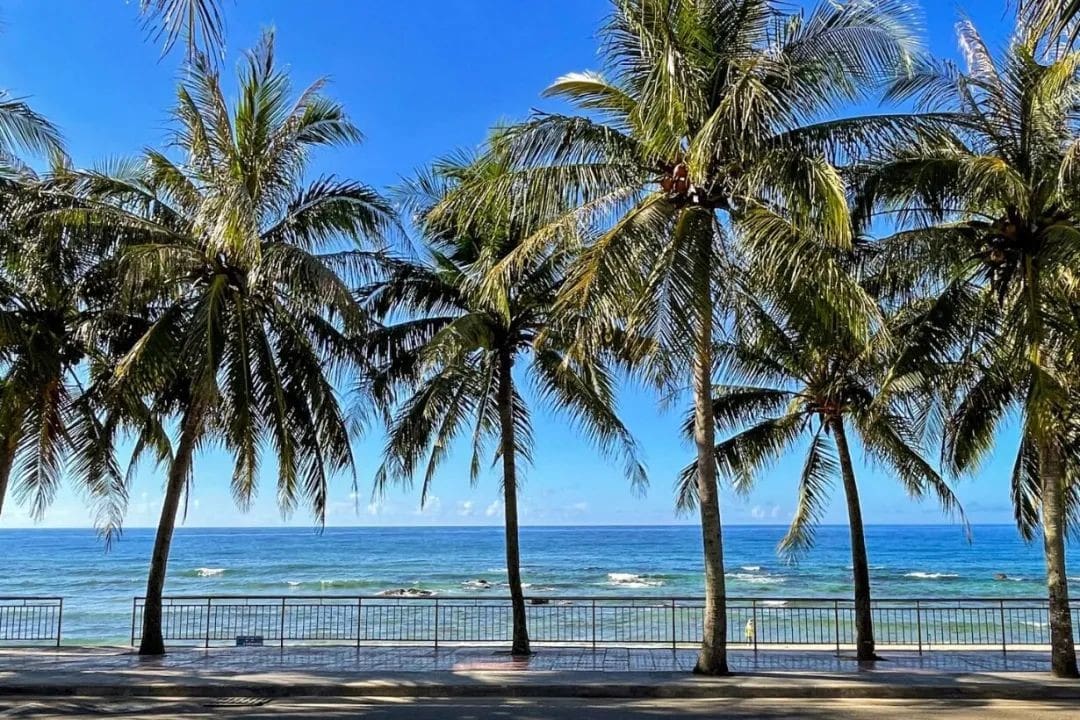
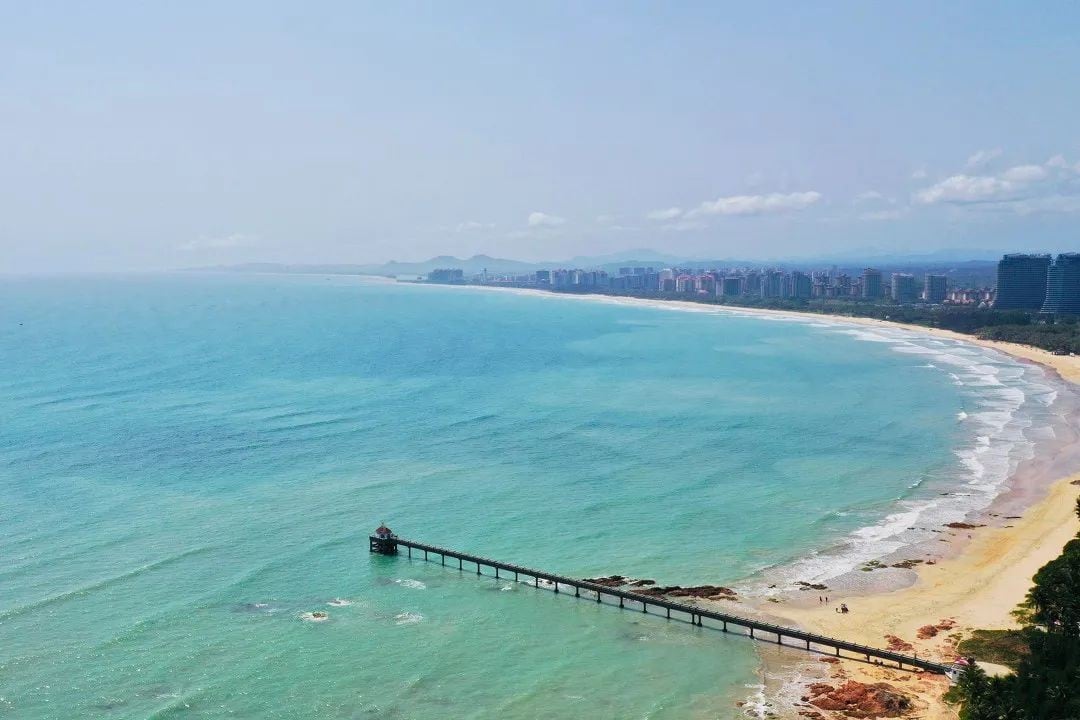
Flights for less than 500 yuan round trip, even dreams at night are filled with laughter.

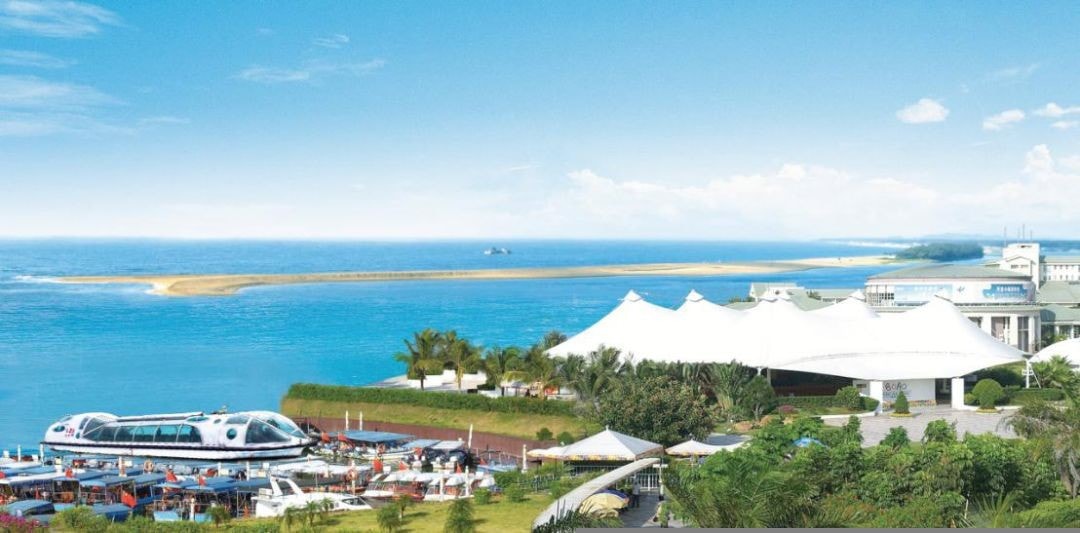
What does it mean when locals also go on vacation here? Firstly, it offers great value for money, and secondly, the place is definitely not bad!
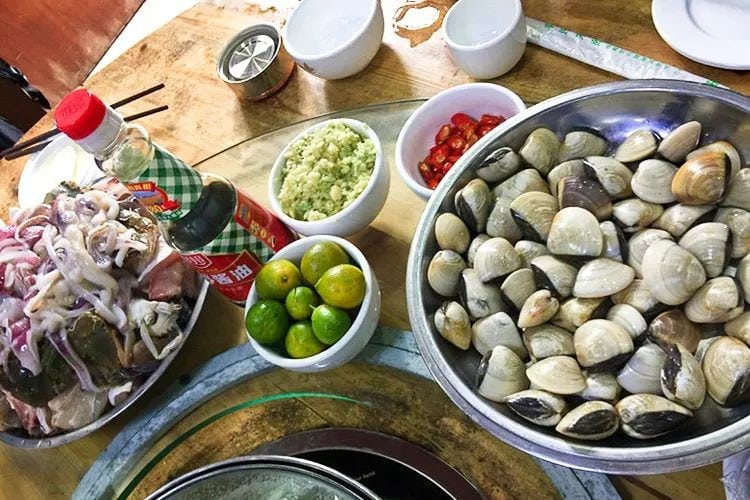
So today, let’s talk about Qionghai, the favorite destination of Hainanese. Even if you want to explore the cities along the eastern ring island route in depth, Qionghai has it all.
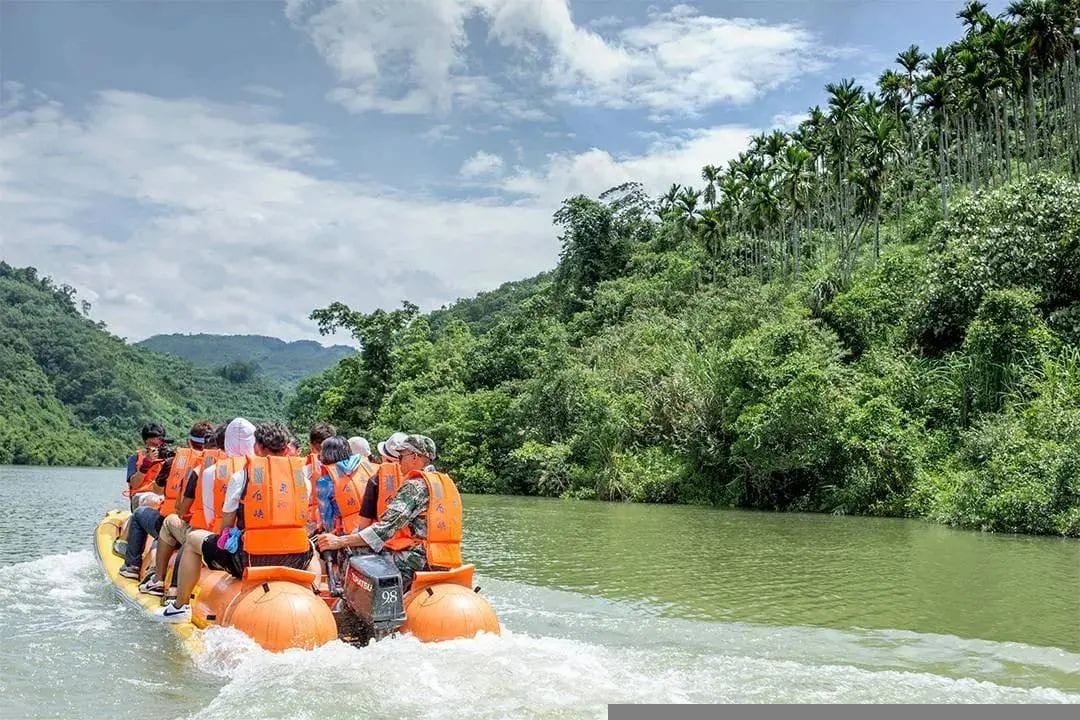
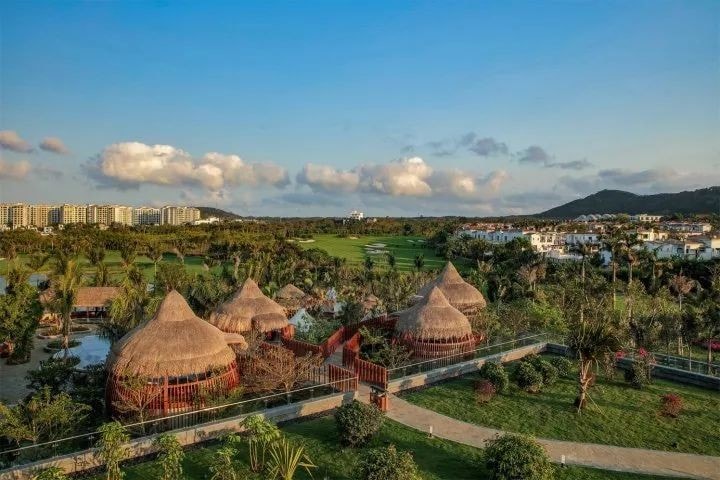
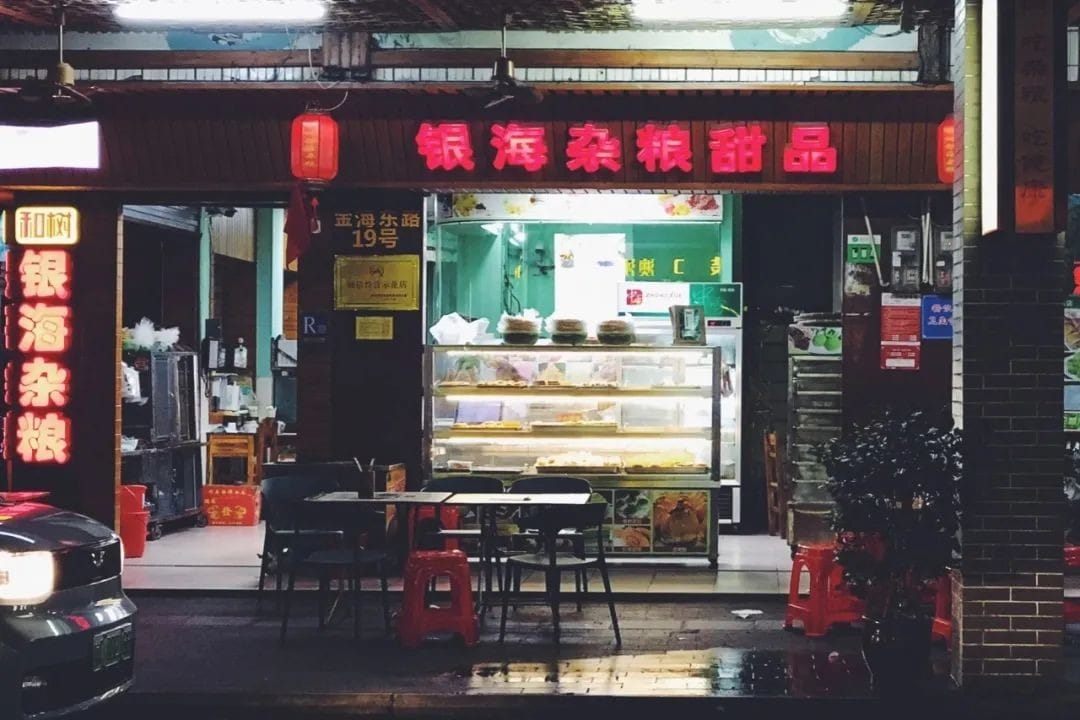
1
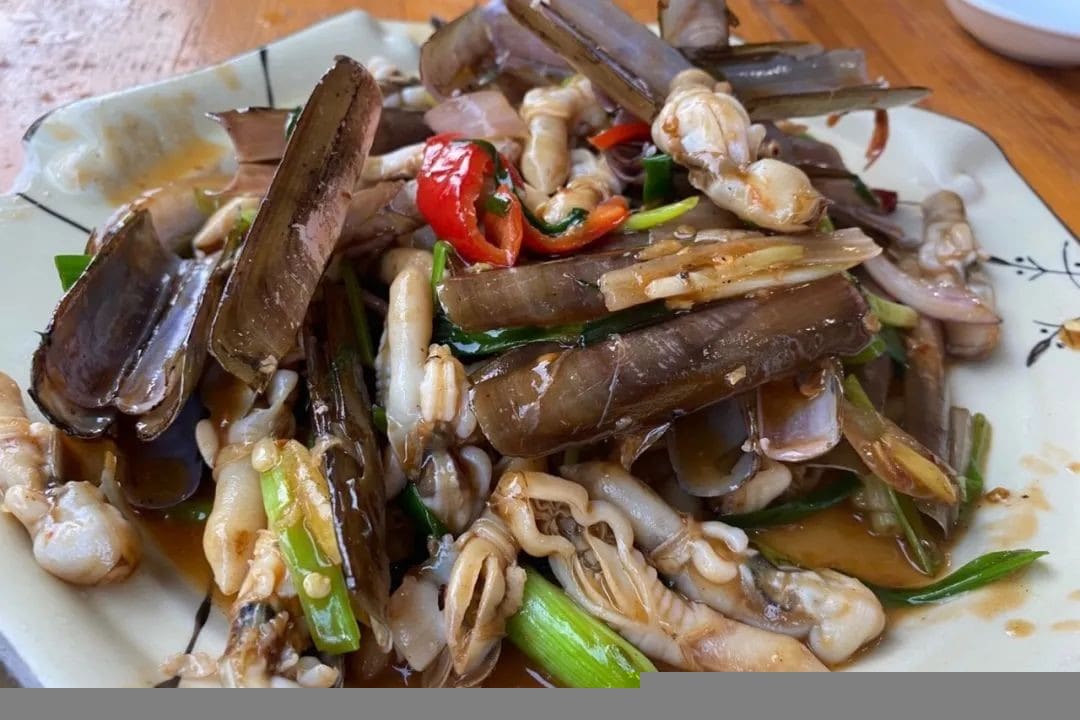
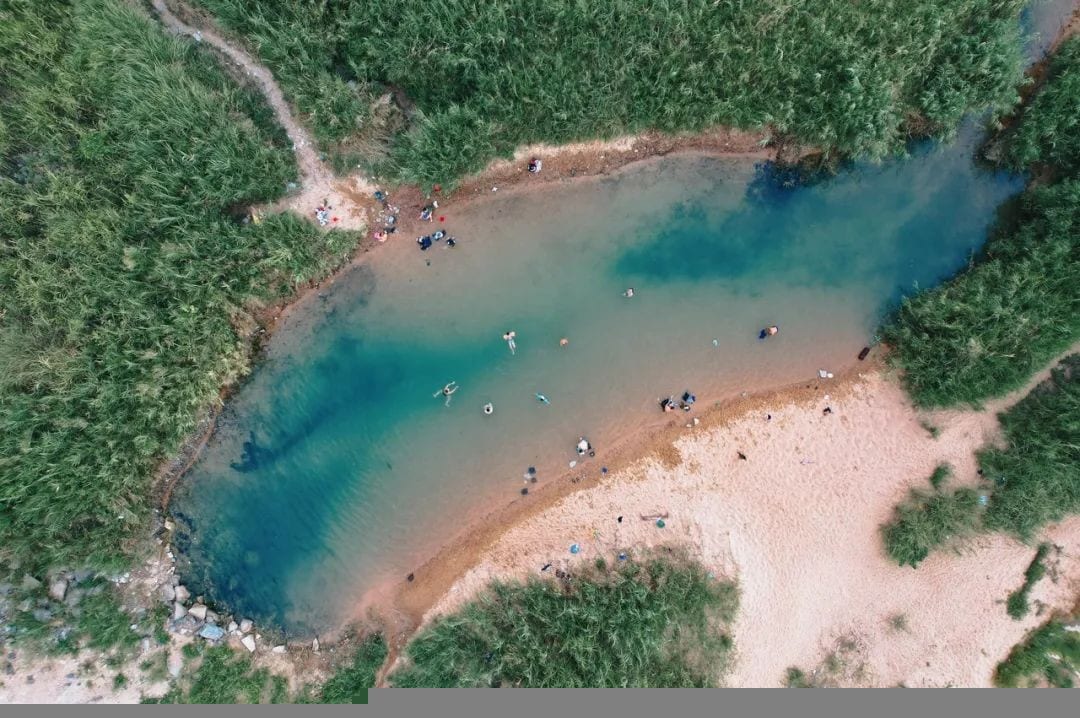
Qionghai, with few tourists, boasts truly enchanting sea views.
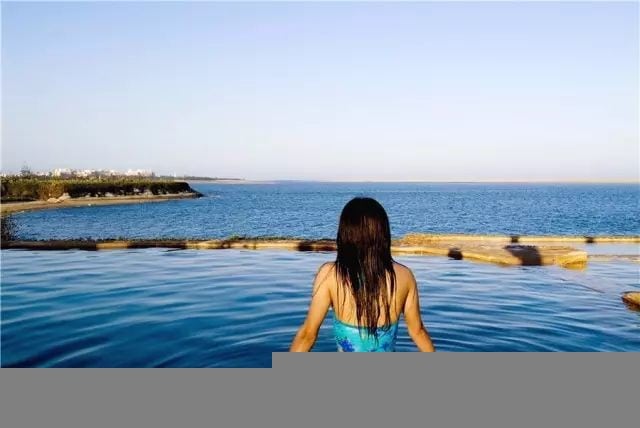
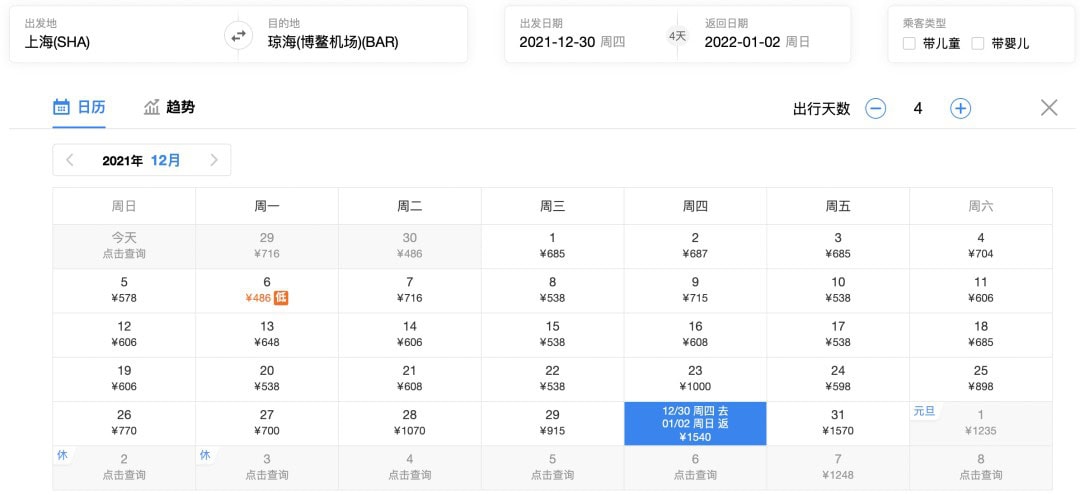
It’s important to clarify that Qionghai is not a prefecture-level city but a county-level city. Therefore, Qionghai does not have districts; all the beautiful scenery and delicious eateries are spread across its 12 towns, living up to the saying “small towns have many stories.”
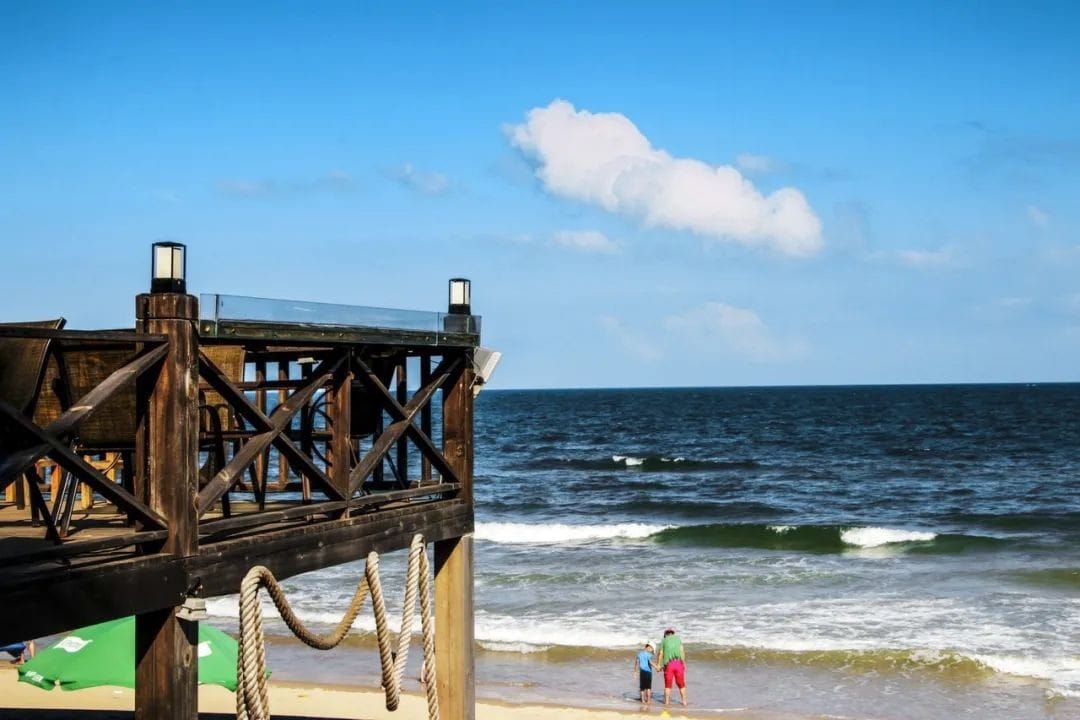
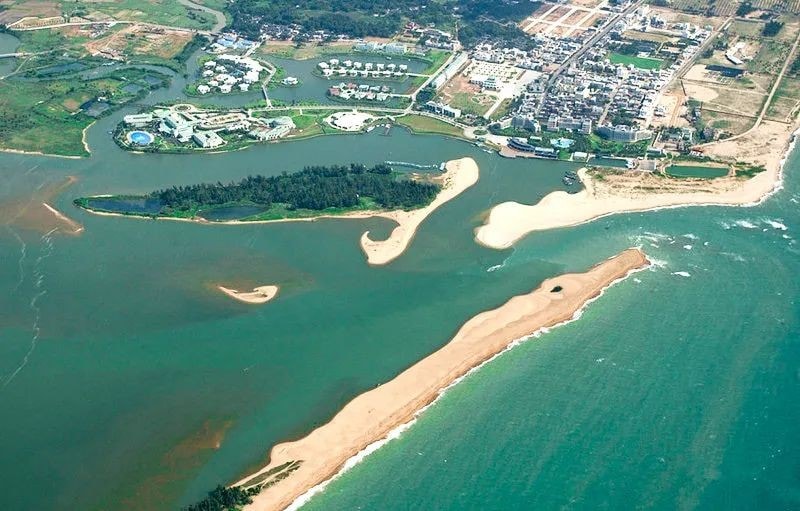
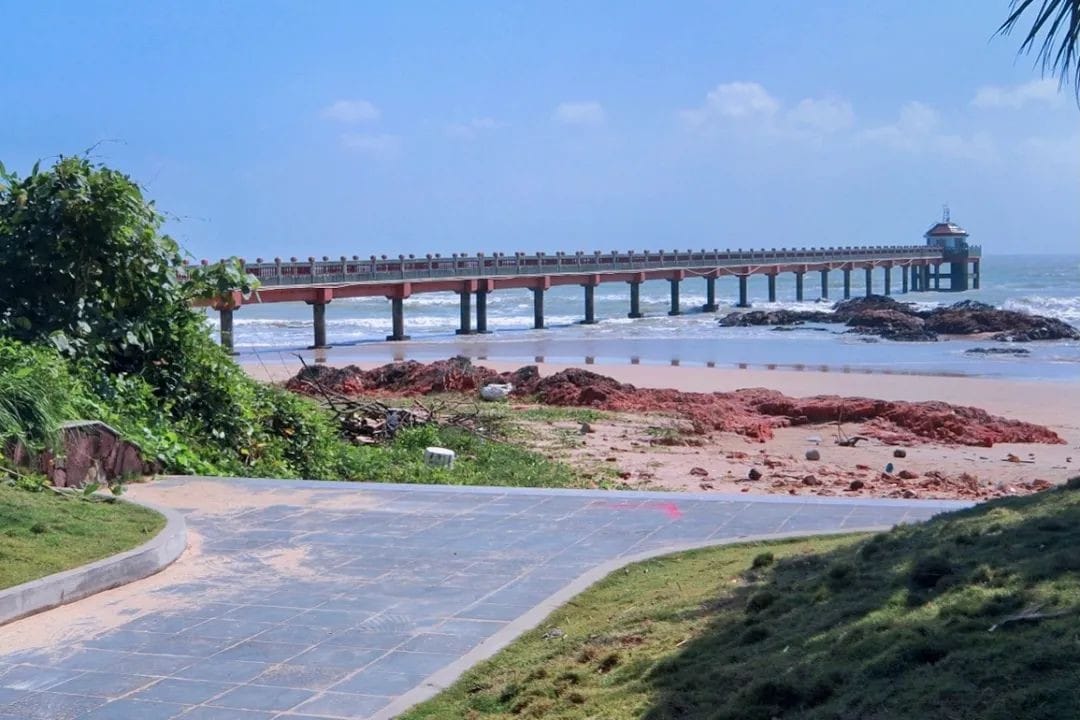
Qionghai has one of the shortest coastlines among Hainan’s urban areas, but that doesn’t stop me from thinking that Qionghai’s sea is very beautiful.
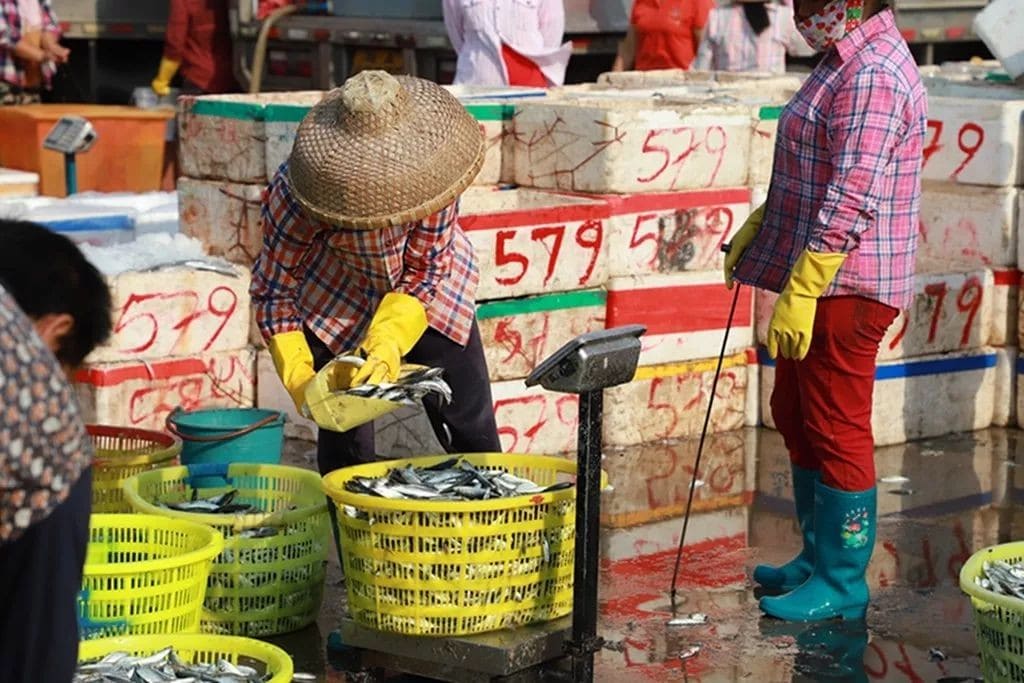
Unlike Sanya’s beauty, Qionghai’s beaches are not as fine and soft, but they are dotted with large boulders, offering a unique rugged charm.
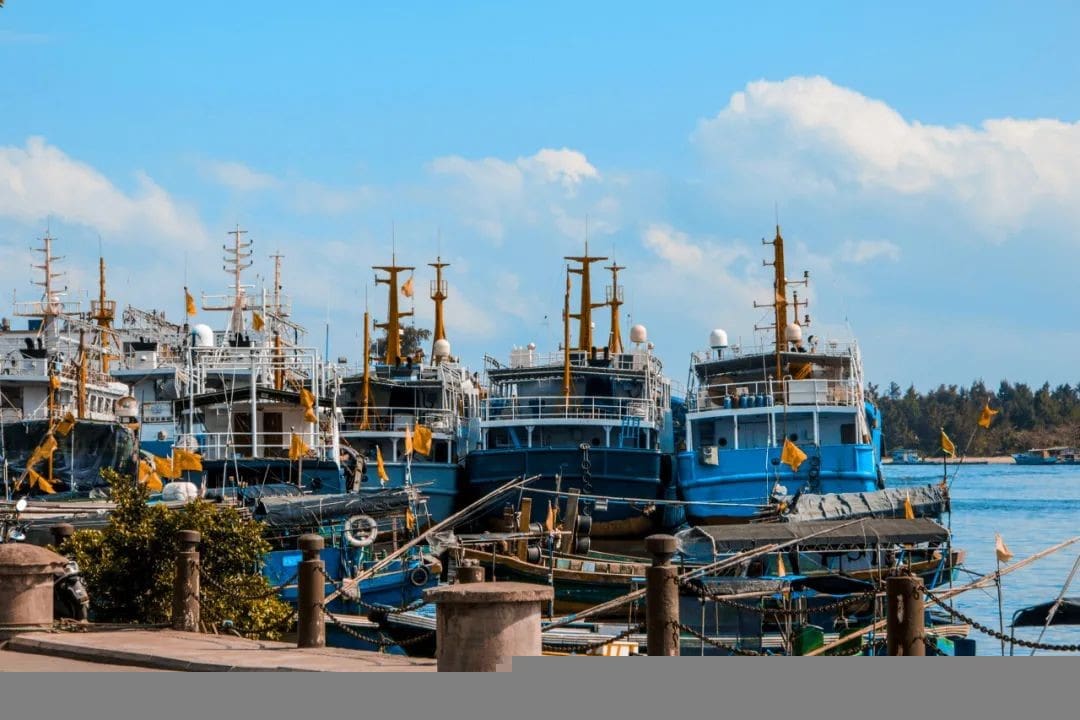
Moreover, any scenic spot becomes 200% more beautiful when there are fewer tourists.
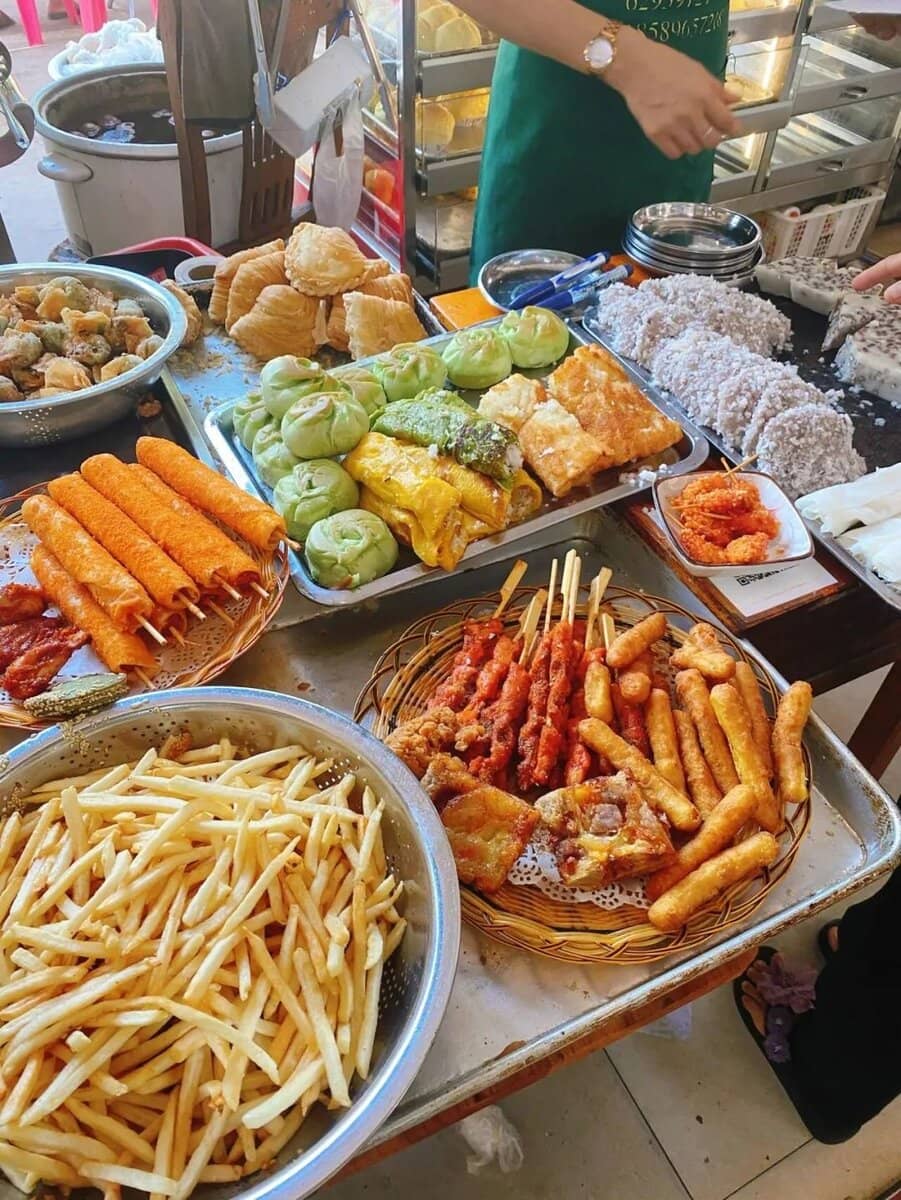
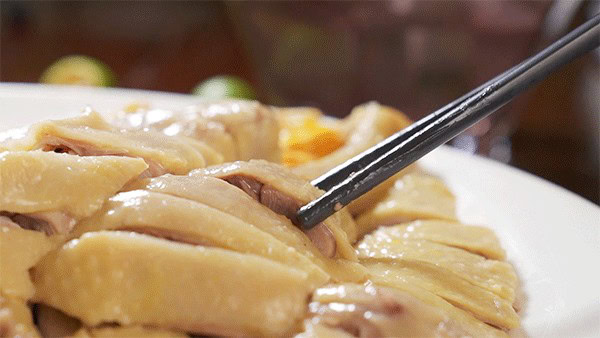
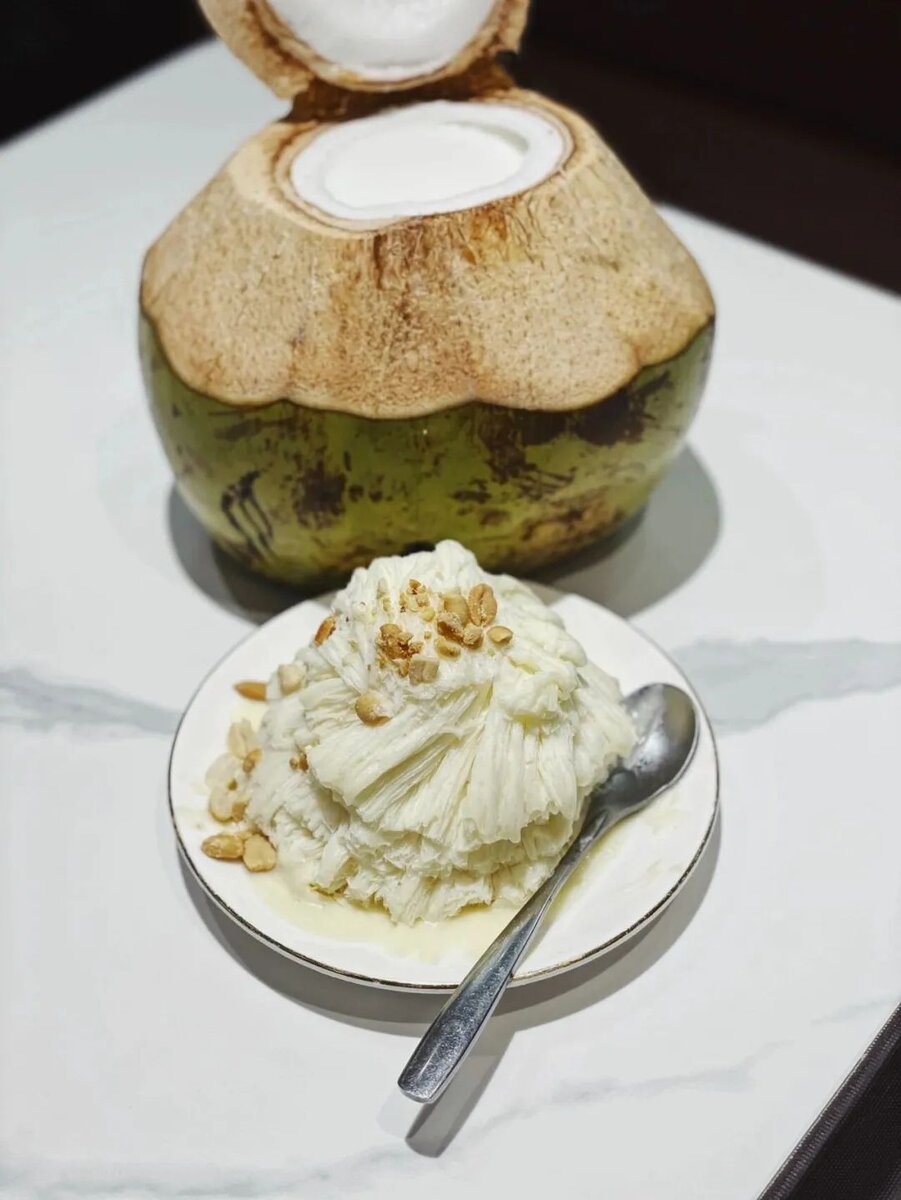
Qionghai’s strength lies in its diverse types of attractions, including sea views, cultural sites, hot springs, and even rafting. After all, even if I love the sea, I can’t stay by the beach 24/7, right?
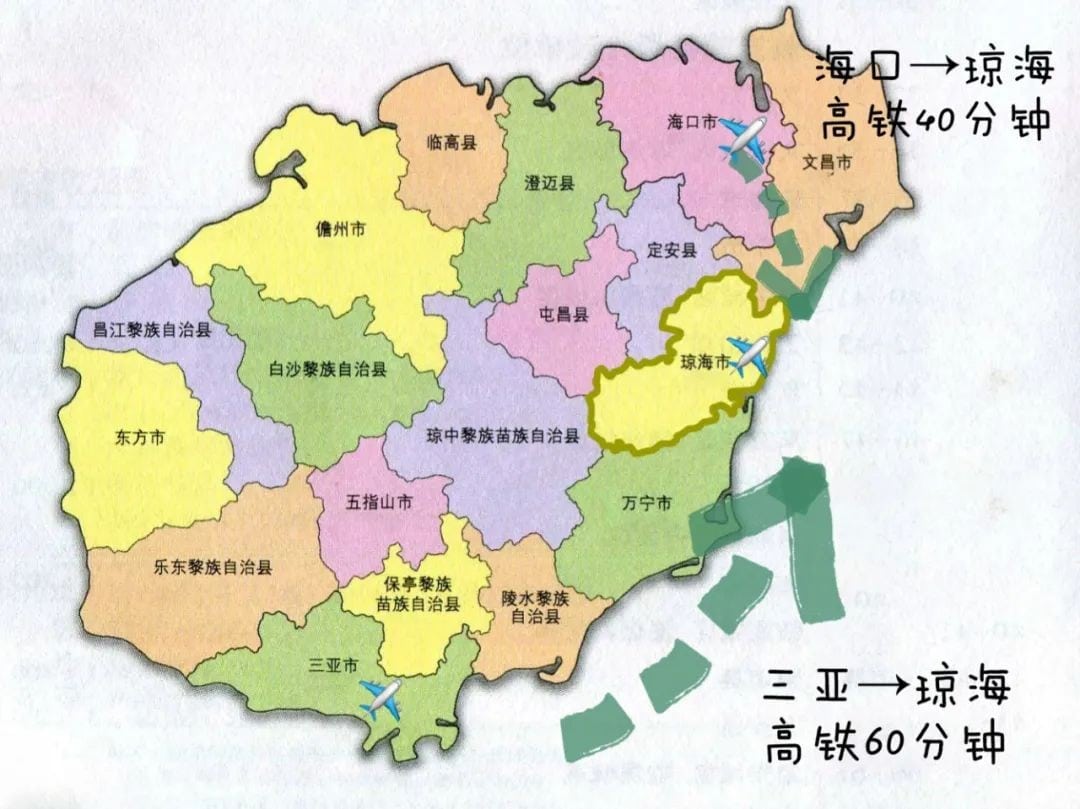
So, what exactly is there to do in Qionghai?
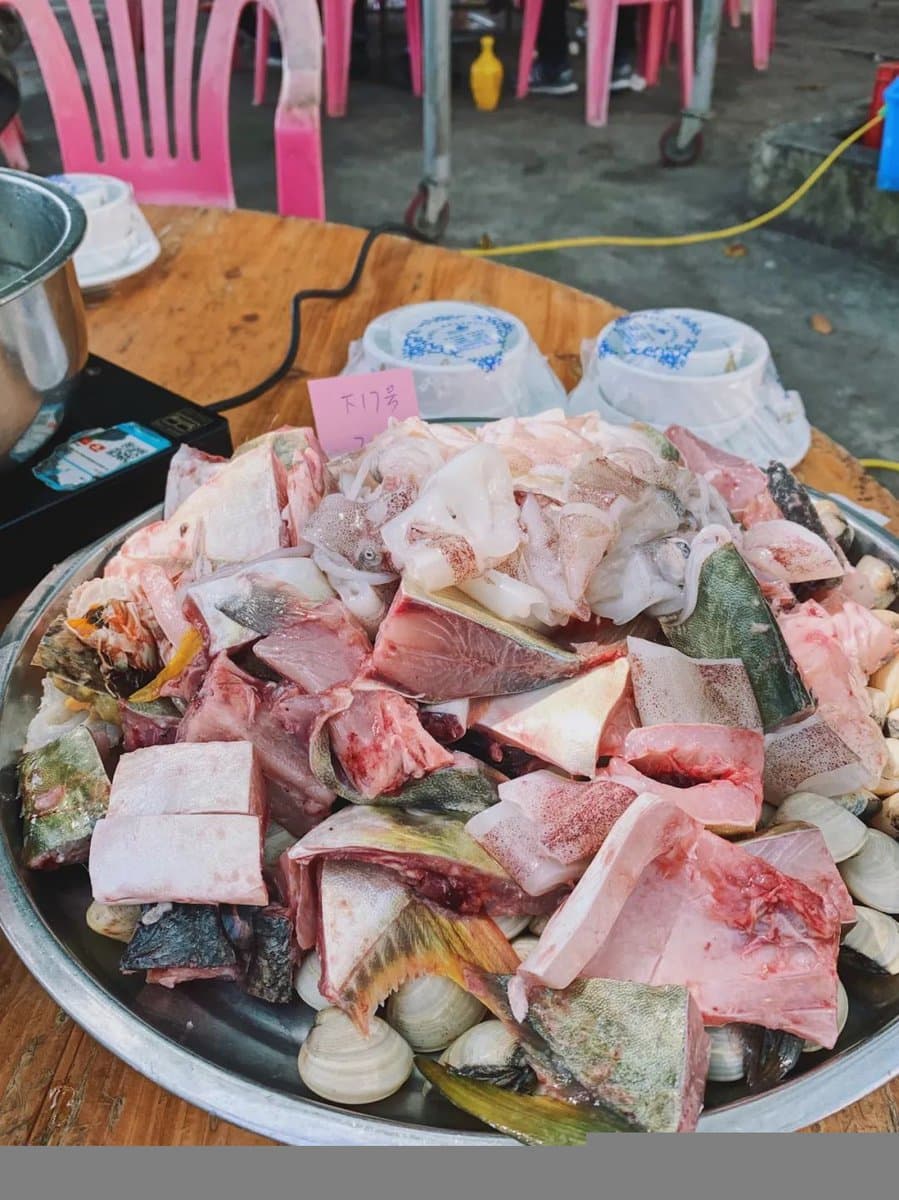
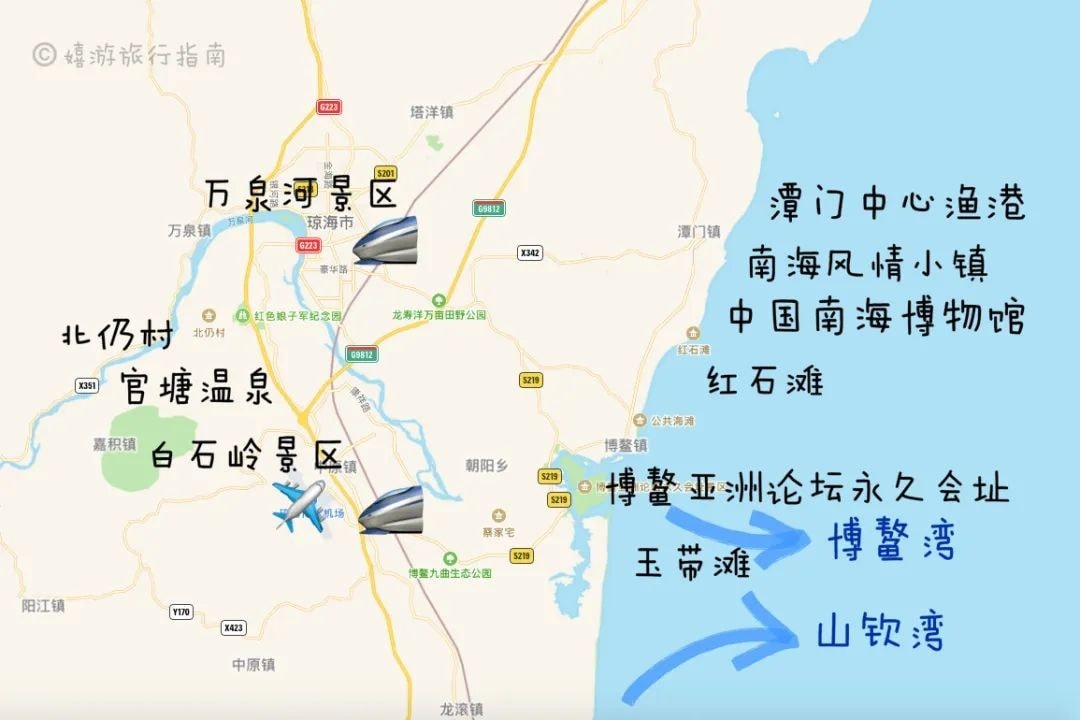
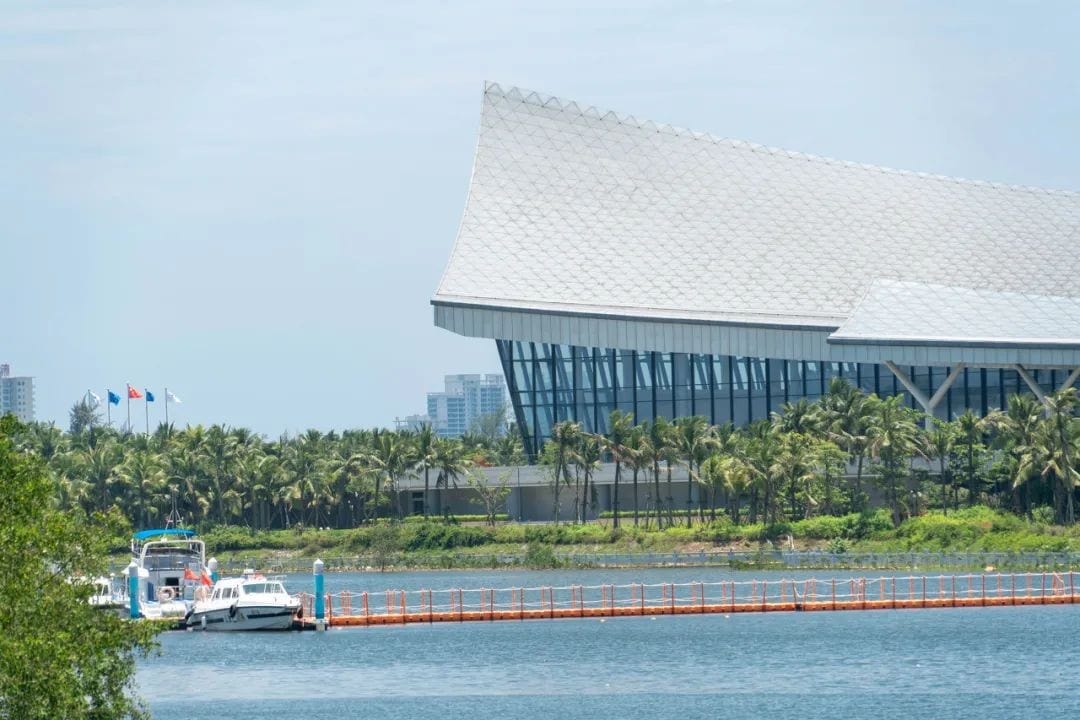
**Bo’ao Bay**
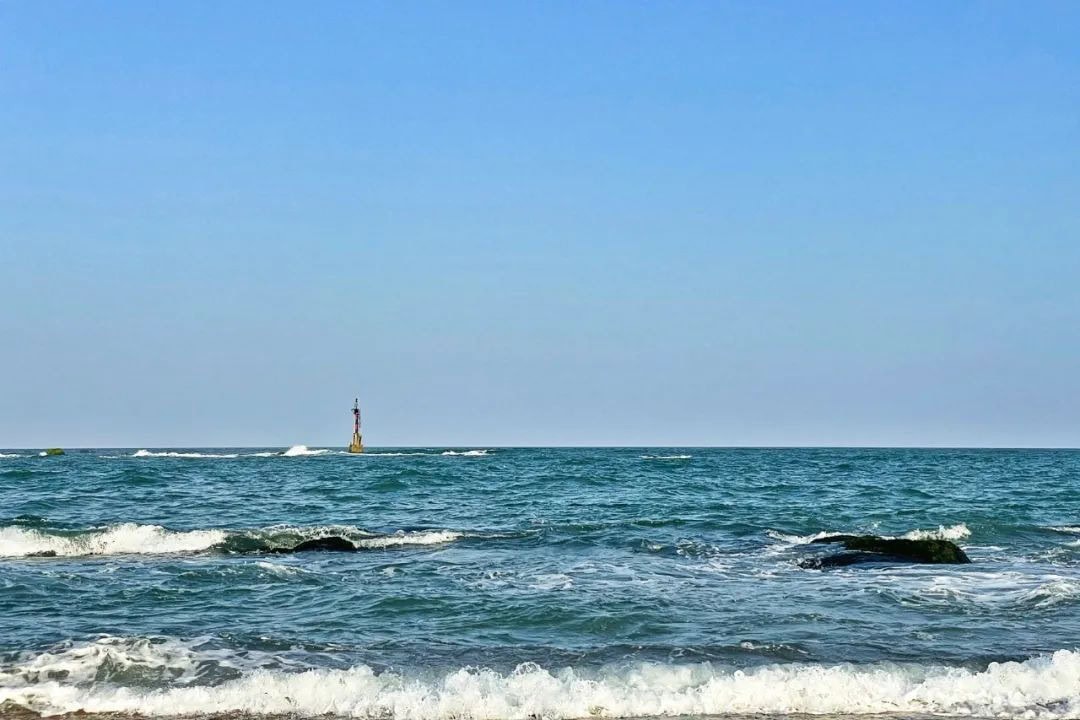
Qionghai doesn’t have an abundance of bays, especially when compared to its neighbor Wanning, which makes it seem even more inferior. The most famous one is Bo’ao Bay. Fortunately, Bo’ao Bay is already well-developed, so you won’t get the feeling of “surviving on a deserted island.”
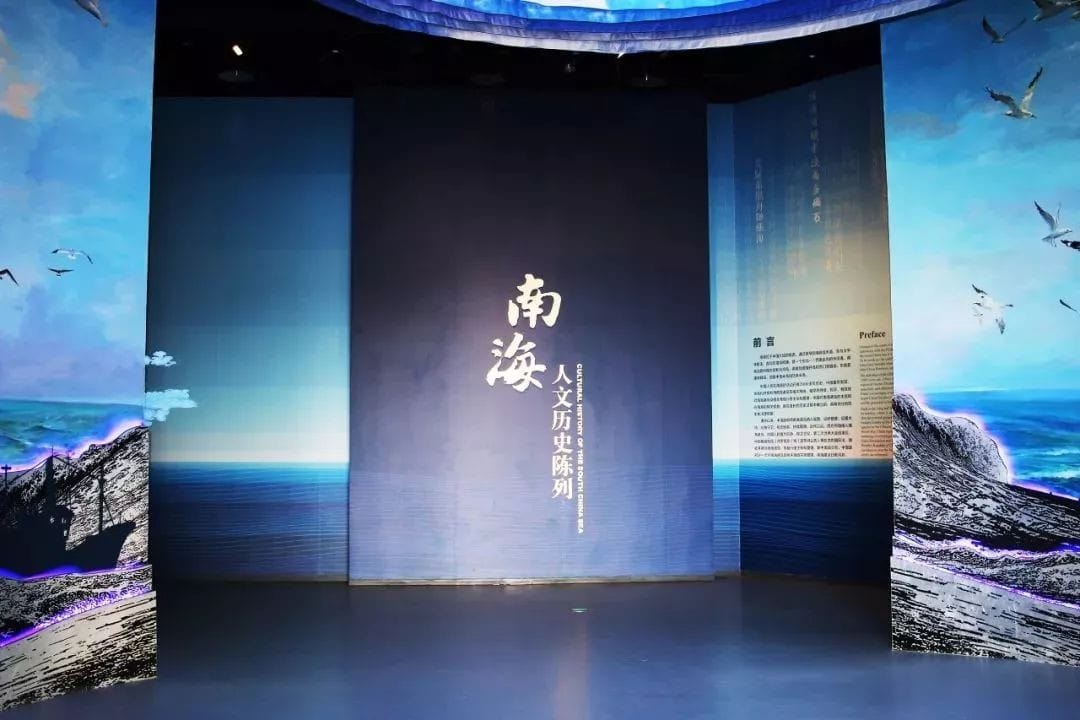
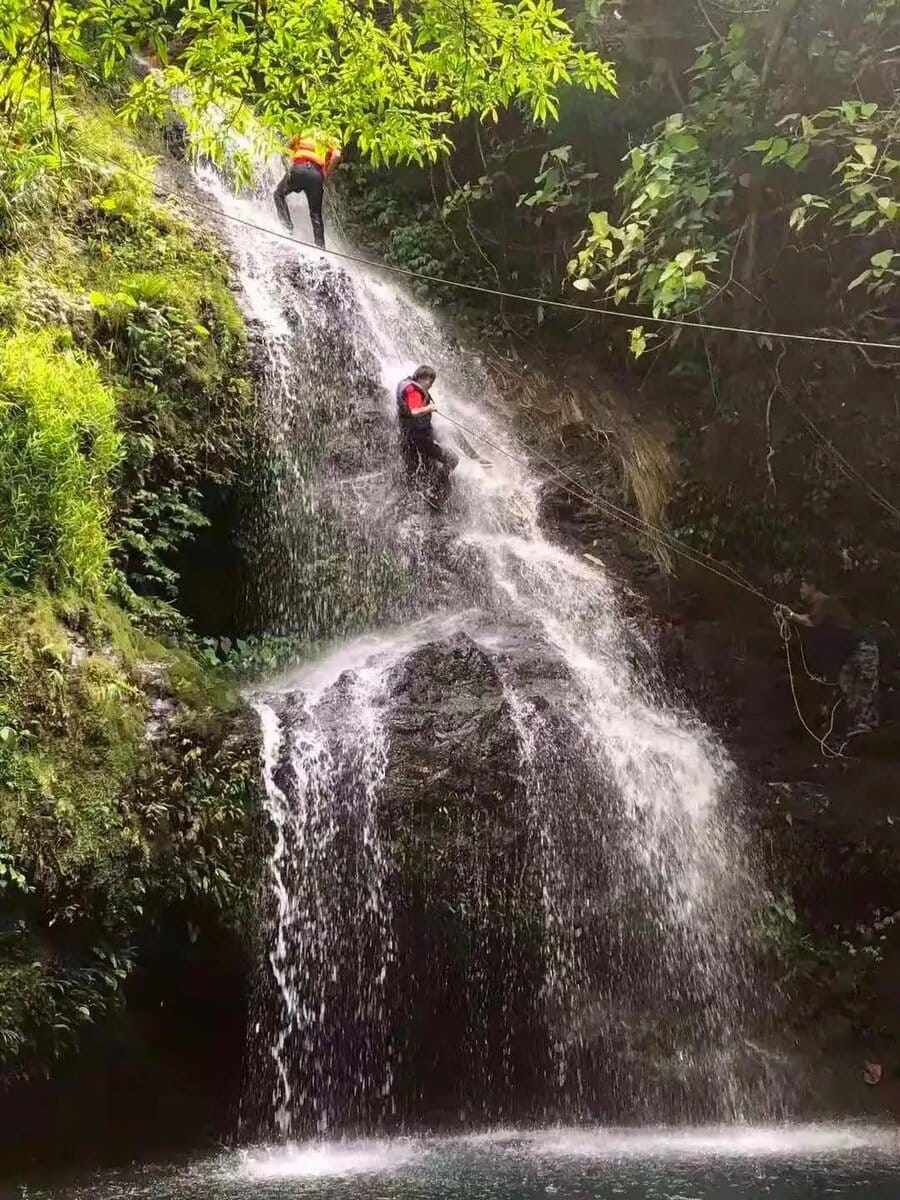
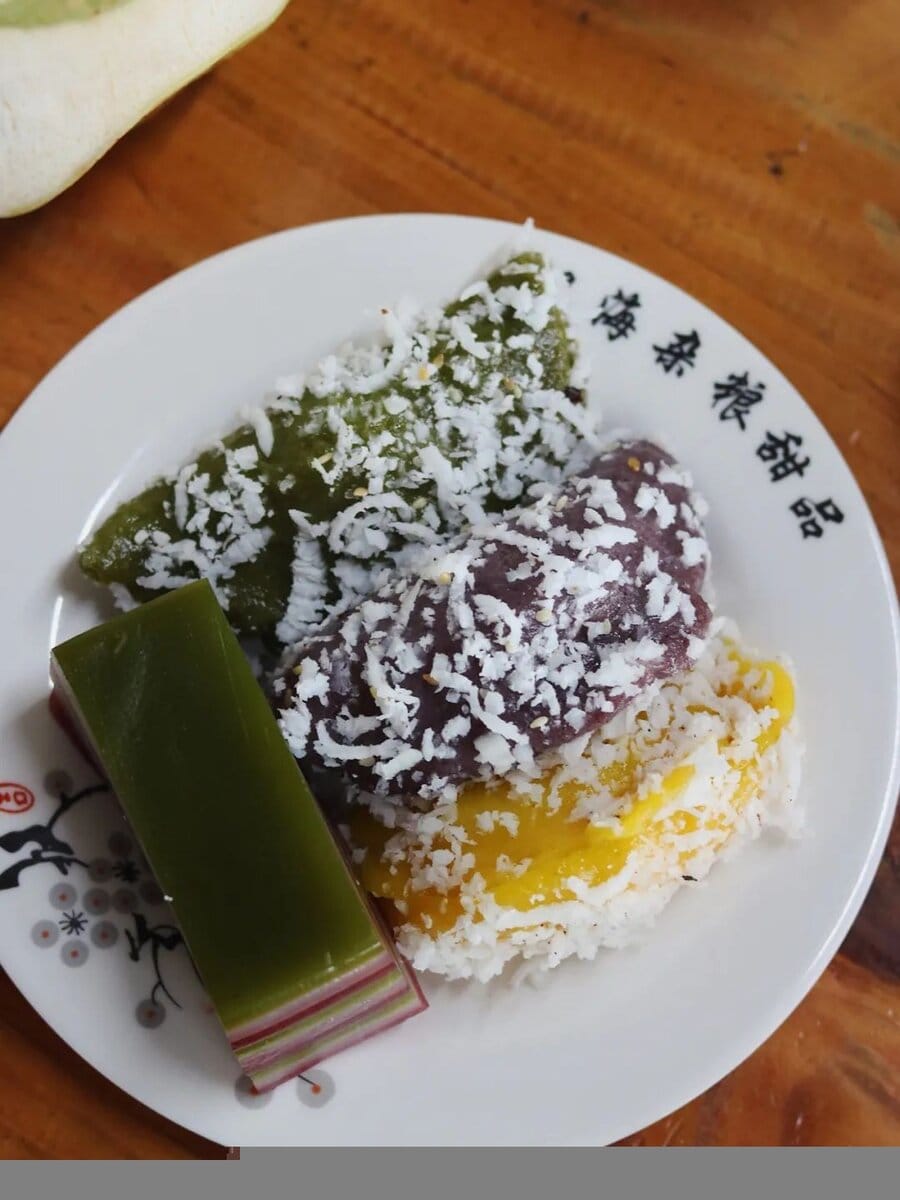
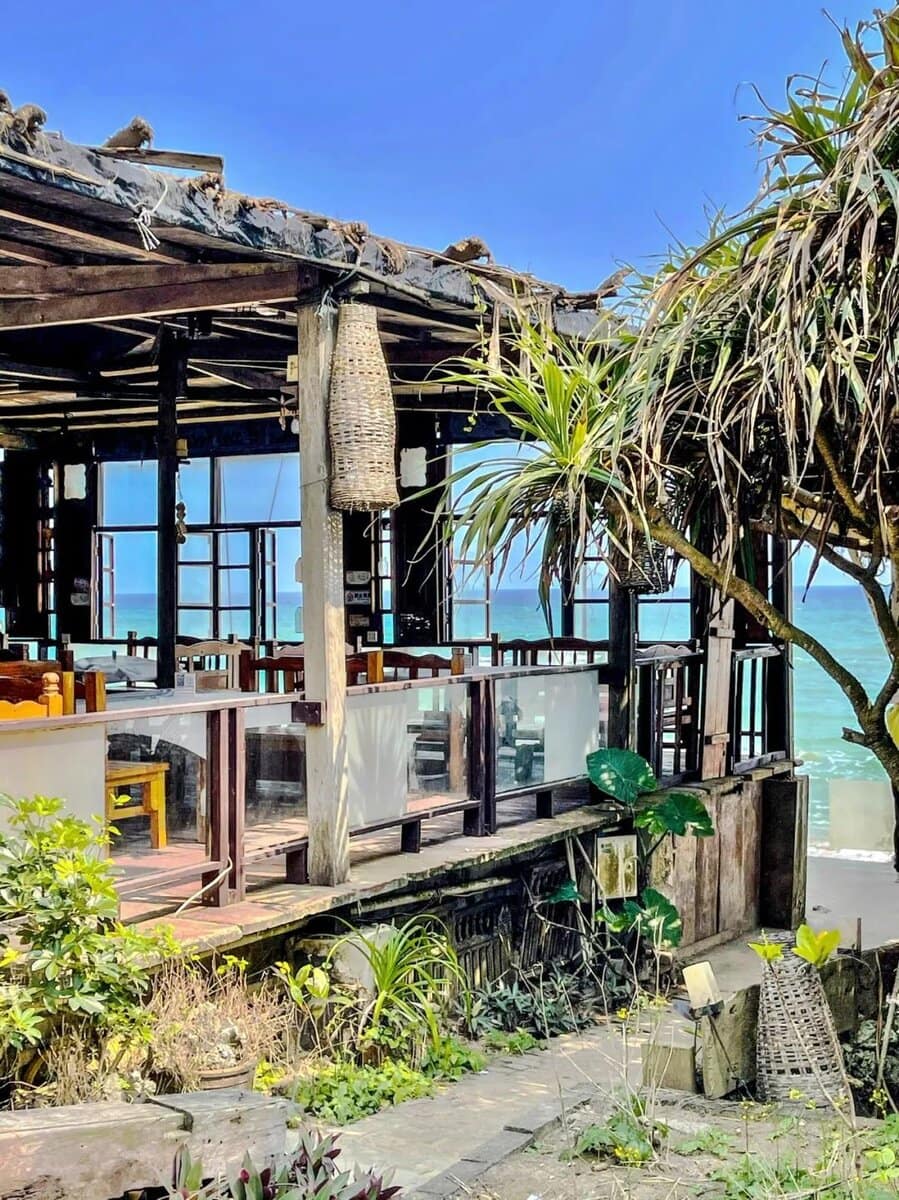
The choice of Bo’ao to host the BFA (Bo’ao Forum for Asia) must have a lot to do with its unique geographical location.
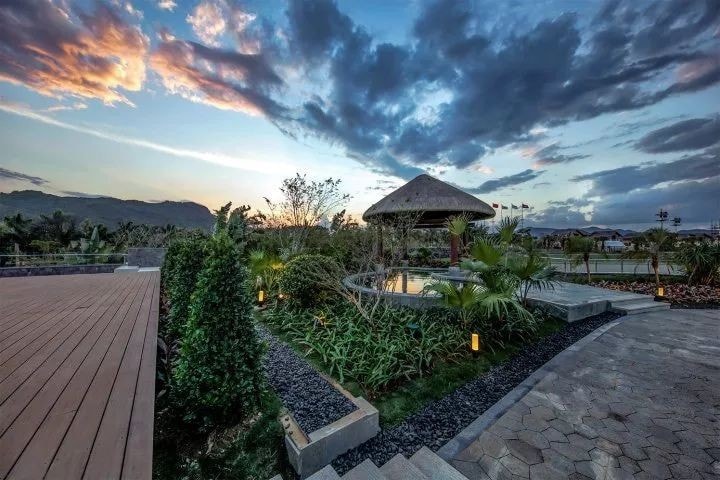
Bo’ao is not only a high-quality bay but also the estuary of the Wanquan River, the Jiuqu River, and the Longgun River. It has also formed three offshore islets: Dongyu Island, Yuanyang Island, and Shapo Island (now connected by a sea-crossing bridge), with the forum being held on Dongyu Island.
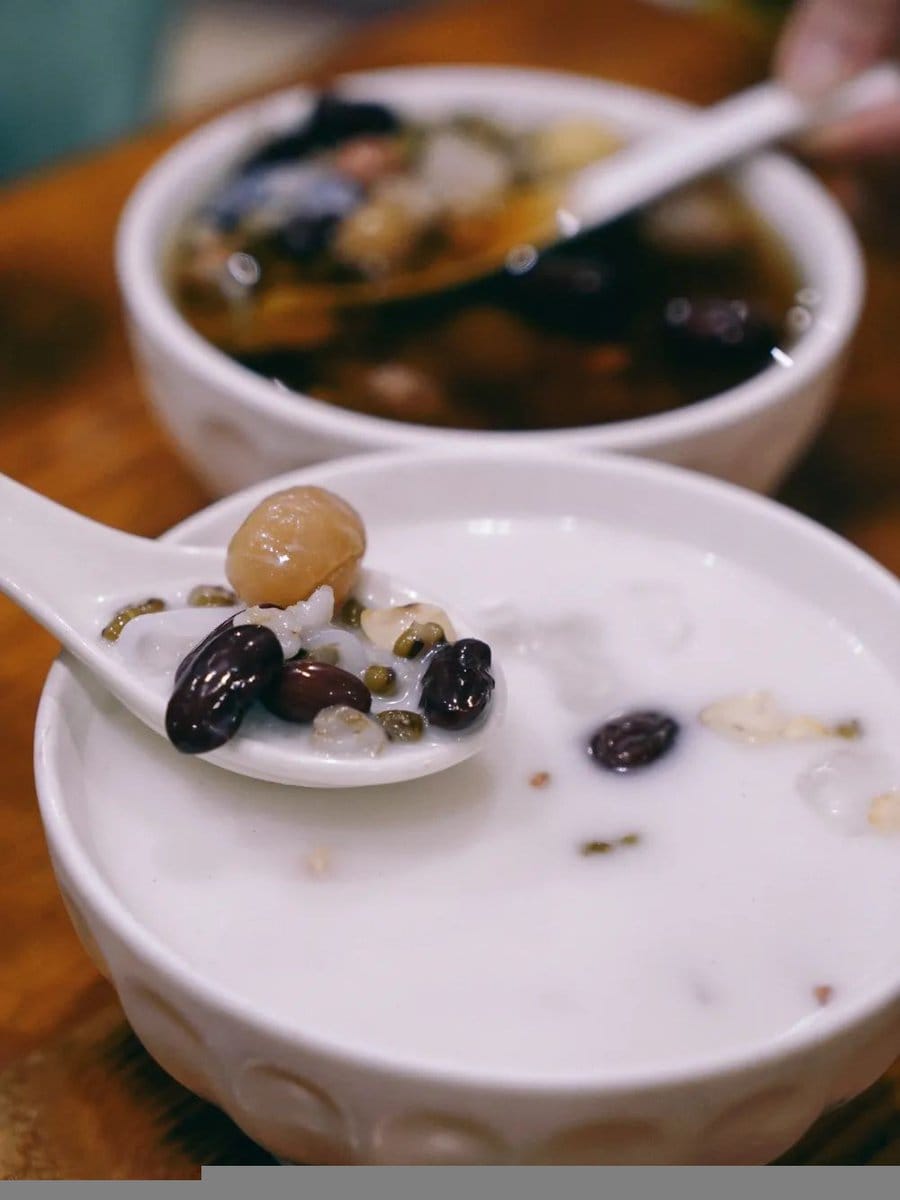
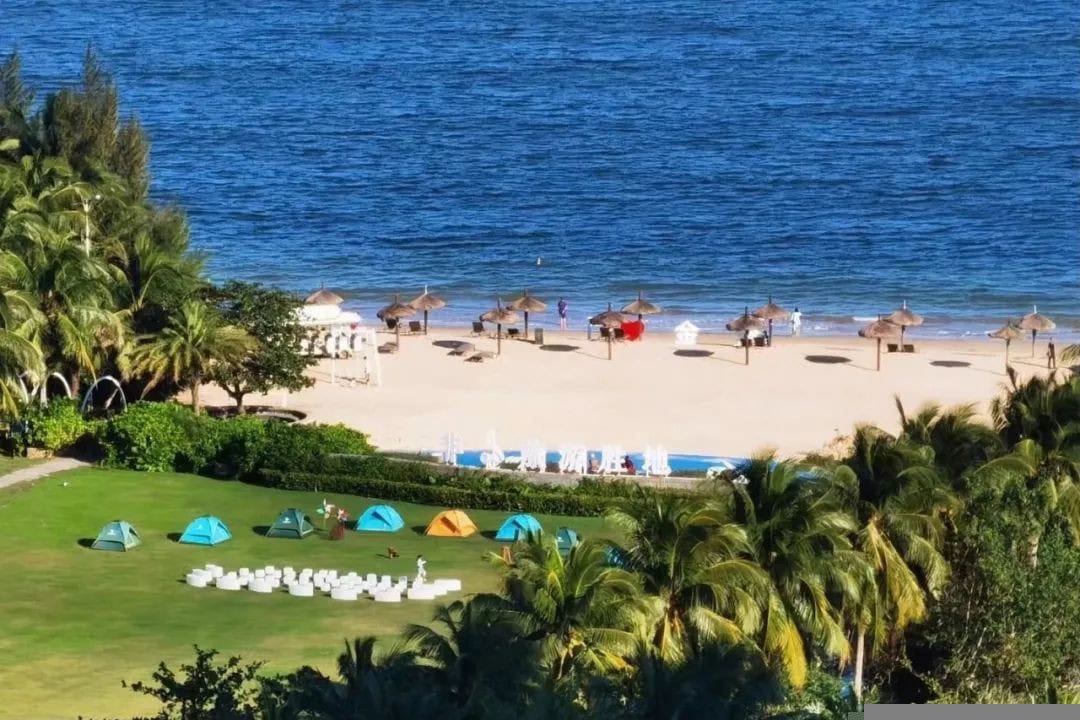
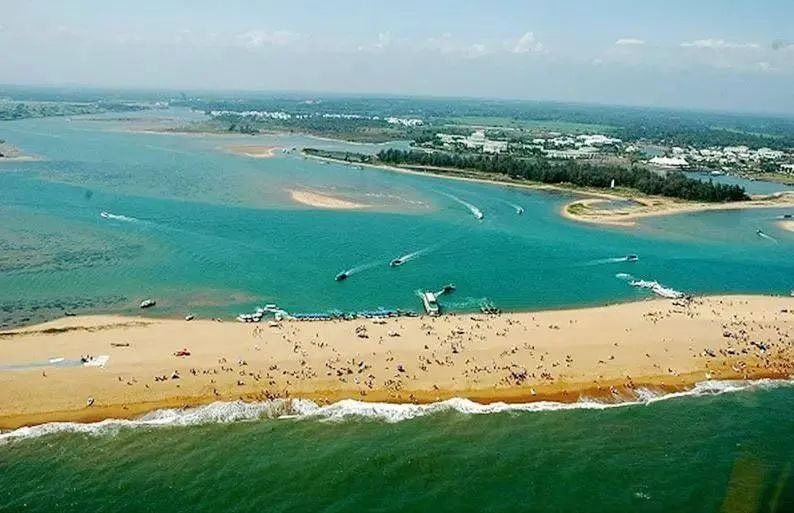
The most important attraction in Bo’ao is undoubtedly the Bo’ao Forum for Asia Permanent Site, which is now open to the public with tickets sold.
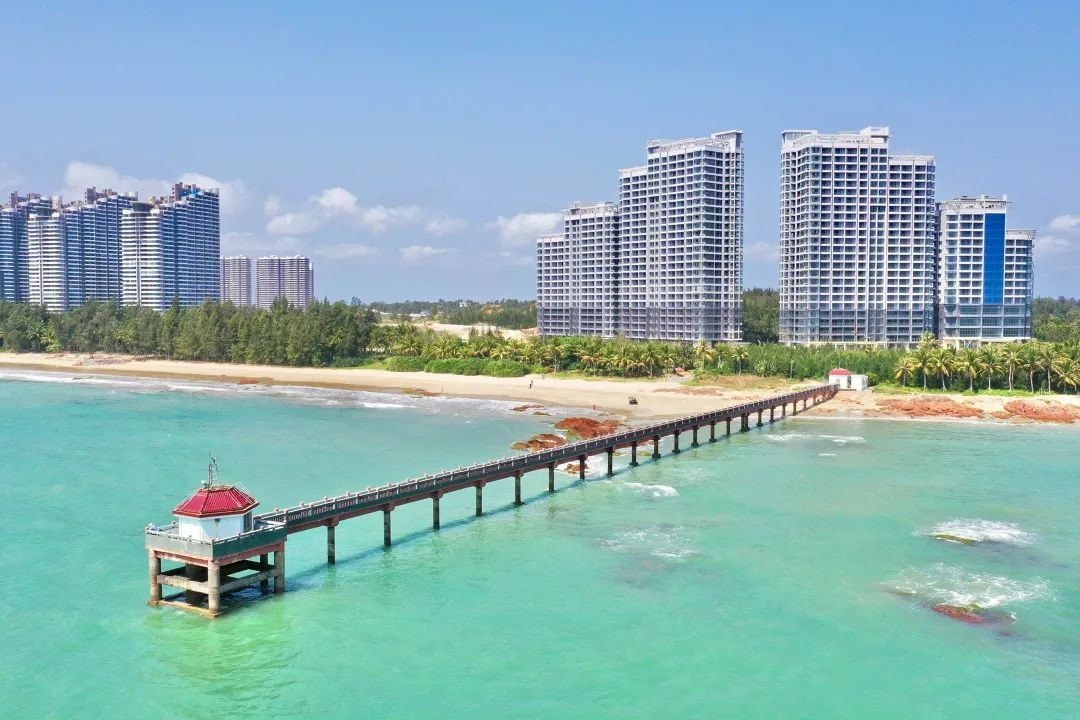
As someone who often faces the harsh realities of society, I can’t muster much enthusiasm for conferences. Personally, I find it less interesting, and the entire scenic area can be covered in about 2 hours.
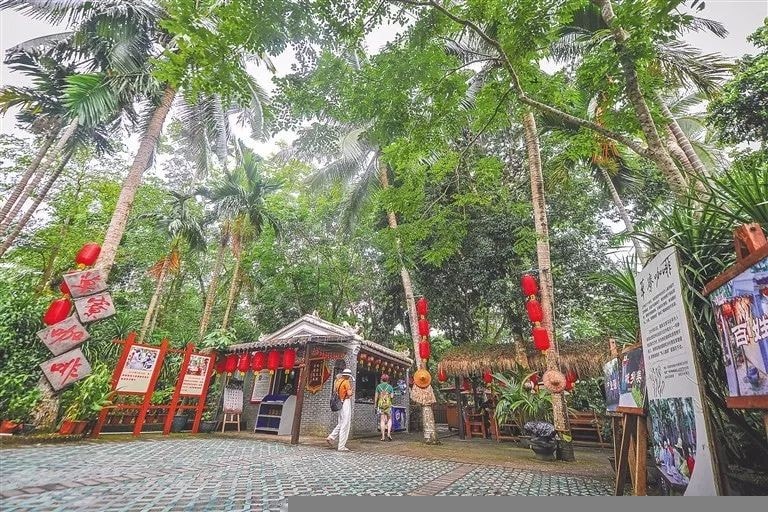
This place falls into the category of “regret coming, but feel something is missing if you don’t”—a “chicken-bone type of attraction.”
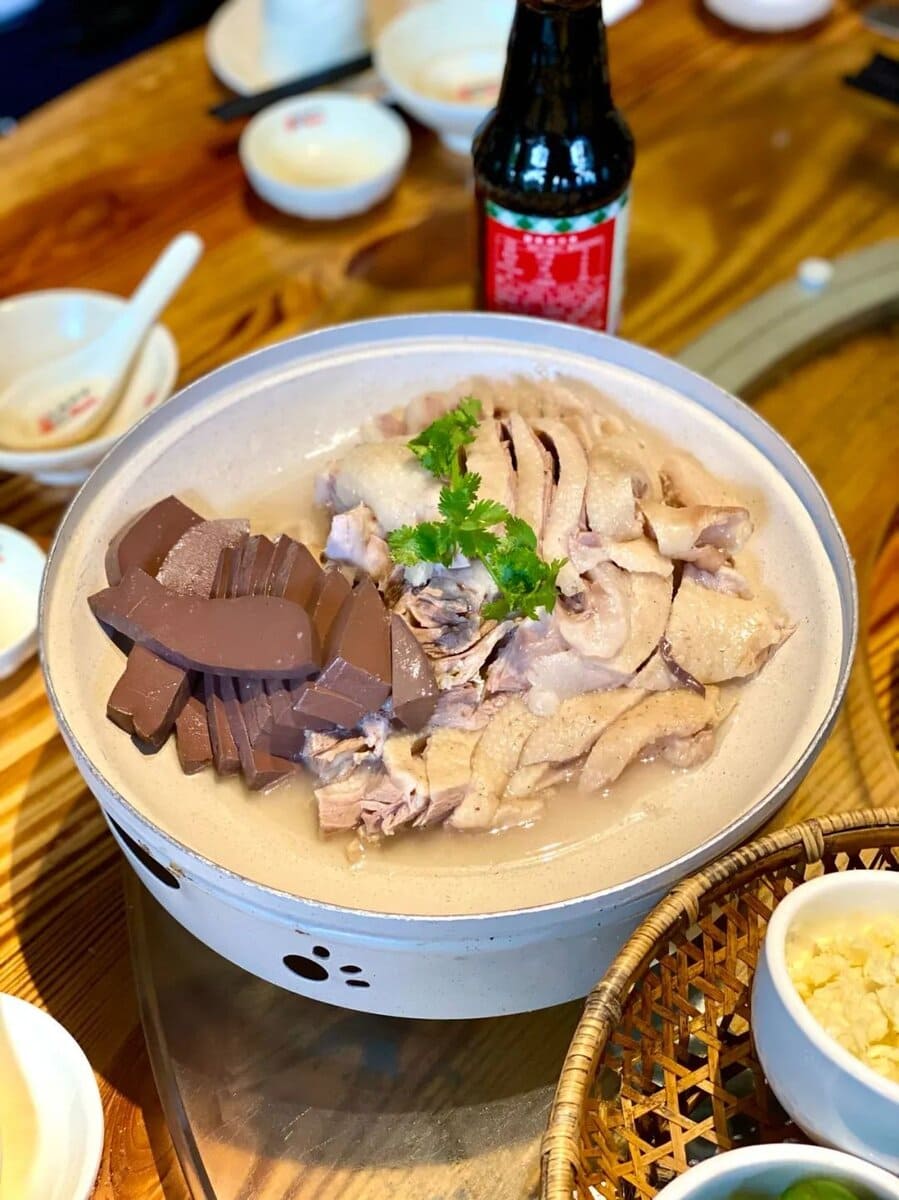
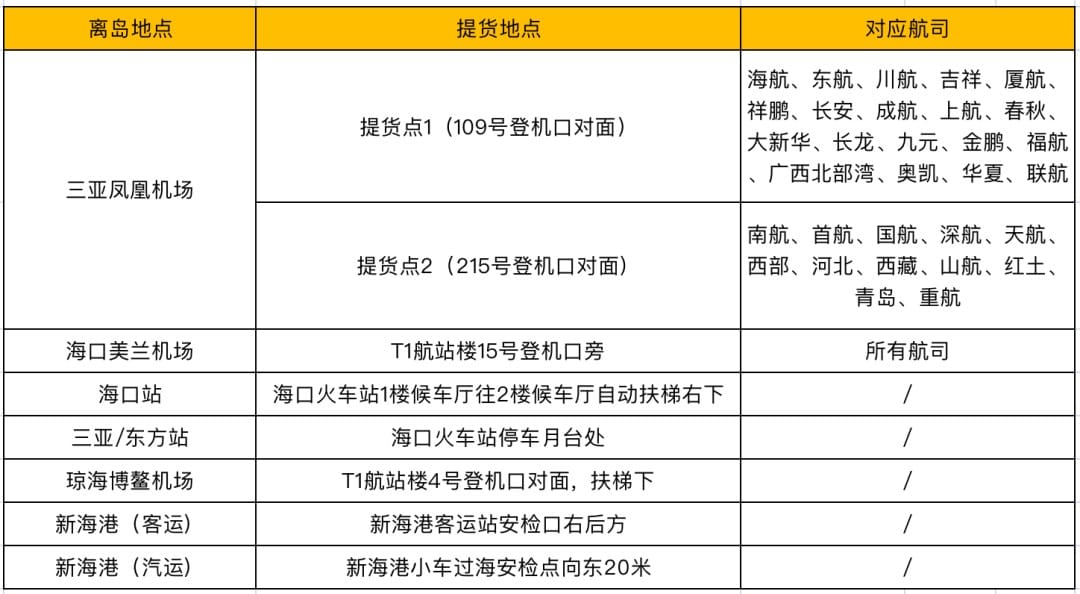
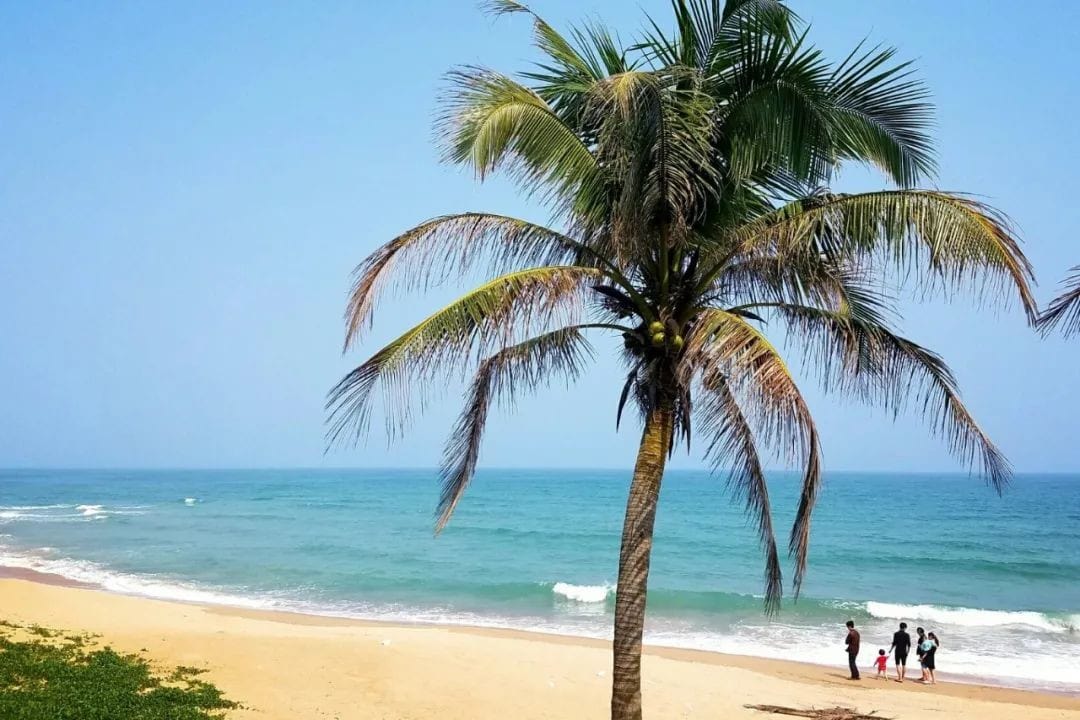
Bo’ao’s advantage is its mature development. Although it lacks high-end accommodations, there are still plenty of hotel options.
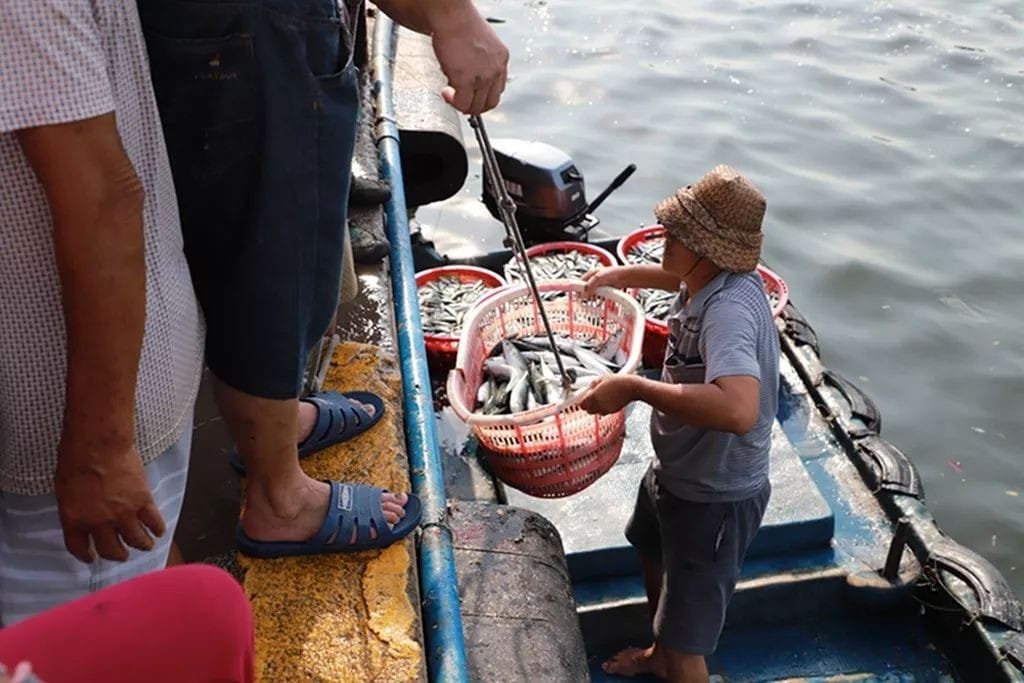
What’s particularly special is the Dongyu Island Hot Spring, which has won the “Golden Soup Award.” It’s an officially certified real hot spring, and you can even see the sea view.
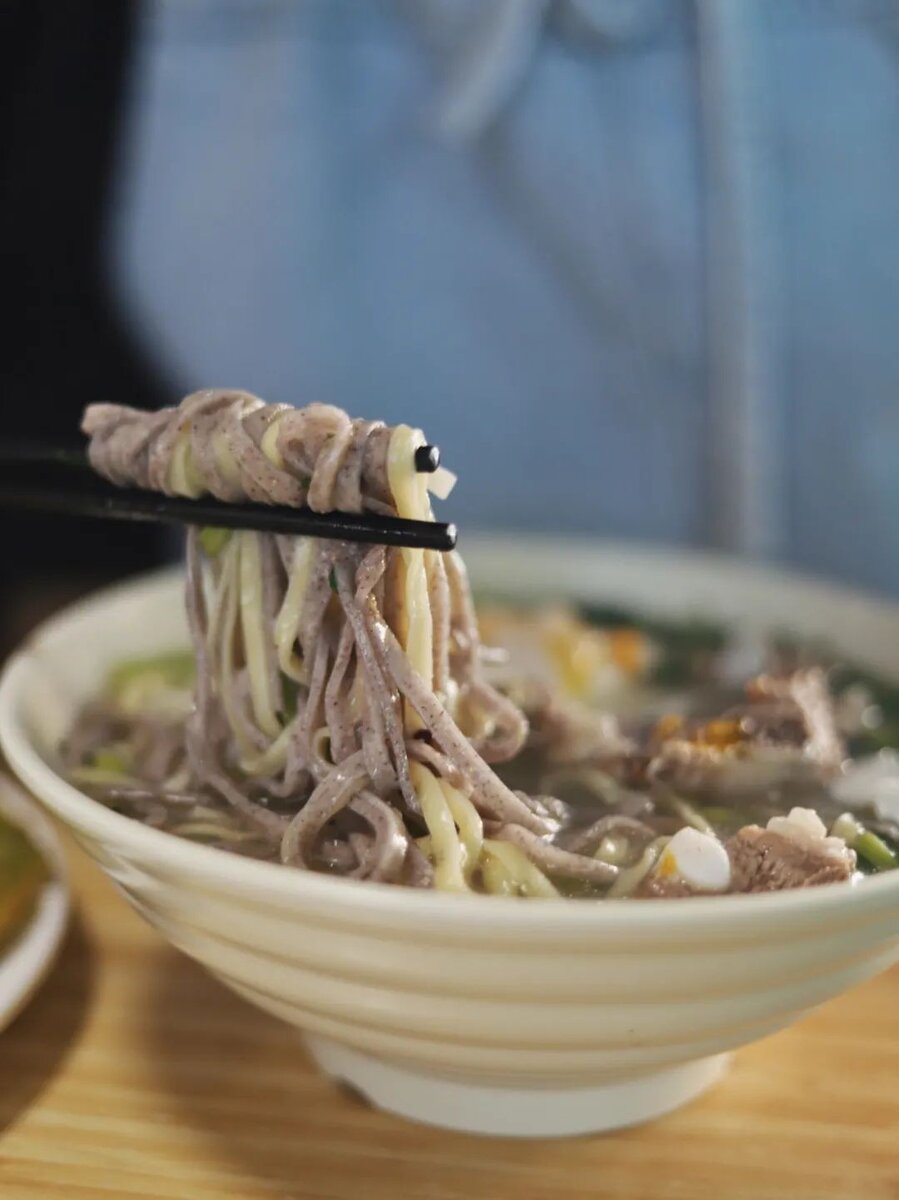
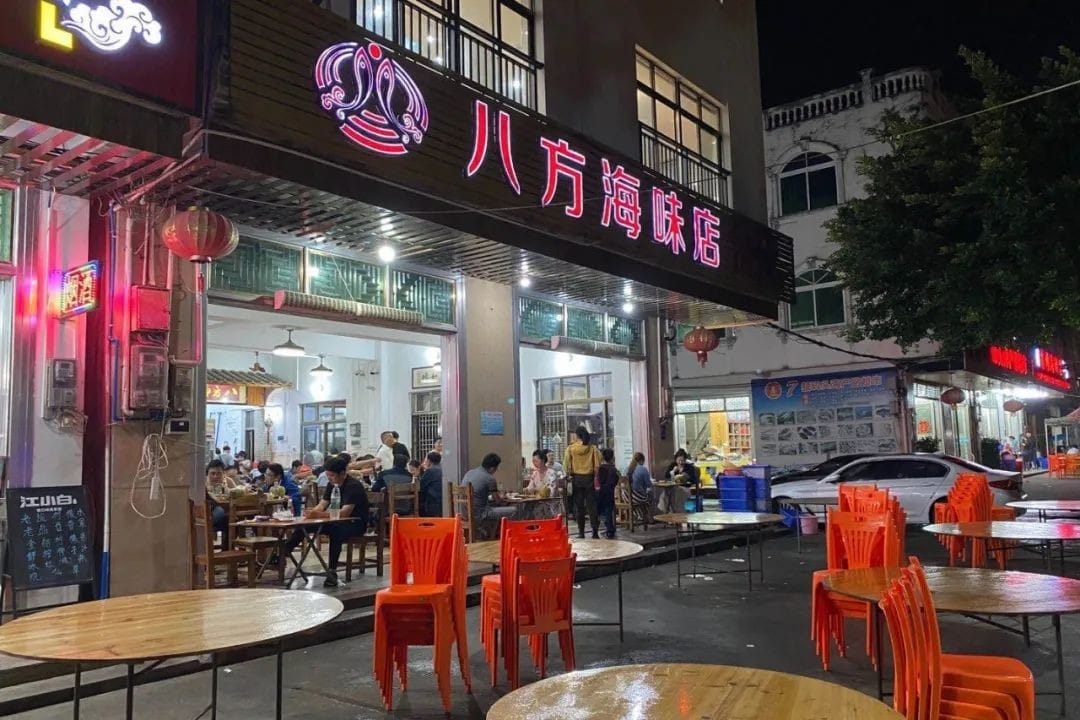
The Bo’ao town itself is not large, with the main recreational area being the Bo’ao Bar Park by the coast.
This is a public beach with many restaurants and bars. The most is called “The Story of the Sea,” where you can enjoy seafood with the sea breeze, and the experience is quite enjoyable.
Image: @Shiqiao Wang
**Yudai Beach**
Opposite the forum site is Yudai Beach, a naturally formed sandy peninsula with a beach nearly 10 kilometers long. It was early on recorded by Guinness World Records as the “world’s narrowest sea-divided land.”
From a bird’s-eye view, the inner side is the Wanquan River, and the outer side is the South China Sea. There’s a mystical saying that this is a “three ridges and three rivers embracing three islands, wealth flowing in from three rivers” feng shui treasure, very auspicious for wealth.
But to be honest, Yudai Beach is good for taking photos, especially aerial shots. There’s not much commercial development here, so it’s not very entertaining. If you’re short on time, you can skip it.
**Red Rock Beach**
At the northernmost point of Bo’ao Town, where it borders Tanmen Town, is Red Rock Beach. As the name suggests, its feature is the red rocks on the beach. Red Rock Beach itself is not a tourist attraction; it became popular because of people taking photos, turning this wild beach into a hotspot.
Image: @Hey, it’s me
From Bo’ao to Tanmen, Red Rock Beach is a convenient stop. There’s a wooden bridge extending into the sea, and the sea view is quite beautiful.
Tanmen Central Fishing Port
After passing Hongshi Beach, you transition from Bo’ao to Tanmen Town. In my opinion, Tanmen is also worth spending some time in.
For instance, if you’re visiting Hainan, you definitely want to try seafood. The Tanmen Central Fishing Port is one of the largest deep-sea fishing ports on Hainan Island. The seafood here is not only diverse and high-quality but also incredibly affordable, with prices that are among the lowest you’ll find.
The only place in Hainan that might rival it in terms of value for money is the Global Harbor in Wenchang.
As usual, there are plenty of seafood stalls near the fishing port, offering super affordable prices. I highly recommend them.
The most “Tanmen” way to enjoy seafood is by hot pot. The broth is simple and clear, and for just 100 yuan, you get a large pot of fish, shrimp, crab, and shellfish. The deliciousness has no secret—it’s simply the natural sweetness of fresh seafood.
Accompanied by Hainan’s versatile dipping sauce, all you can think of is the word “fresh.”
China (Hainan) South China Sea Museum
Not far from the fishing port (a short taxi ride away), there is a South China Sea themed town and the China South China Sea Museum. Perfect for a post-meal stroll.
This museum reminds me a bit of Hainan Provincial Museum—the exhibits aren’t particularly precious, but they are very characteristic of the island. If you want to systematically understand the history and culture of the South China Sea, this place is definitely worth a visit.
Typically, a 3-day itinerary will focus on coastal areas. If you’re planning a deeper exploration of Qionghai, you might include inland attractions. Since I’ve already mentioned them, I’ll briefly discuss them here.
Although Beiheng Village is purely commercialized, it doesn’t attract too many tourists, so the experience isn’t bad. The village now has many farmhouses and coffee shops, which are also features that can help pass the time.
The Wanquan River is the third largest river on Hainan Island. The most famous activity here is rafting during the summer.
The rafting route is 15 km long, and it takes 1.5 hours to complete the entire journey. Not only is it the best in Hainan, but it’s also known as “China’s First Tropical Rafting.” However, rafting is generally more suitable for summer.
There are quite a few options for hot springs in Qionghai. Besides the Dongyu Island Hot Springs mentioned earlier, the Guantang Hot Springs are actually more famous. In 2005, they were awarded the title of “China’s Hot Spring Town” by the China Mining Association.
And indeed, I hadn’t experienced hot springs in Hainan before.
2
Seafood is great, but mixed grain desserts take the top spot
Perhaps due to Sanya being the first city I visited, subsequent cities in Hainan have repeatedly refreshed my perception of Hainan cuisine.
Purely from my personal perspective, the ranking would be Haikou > Wenchang, Qionghai > Wanning > Sanya. This is the current order, but it doesn’t exclude the possibility of discovering even better culinary experiences in other Hainan cities.
So, in the delightful city of Qionghai, your day could unfold like this.
🕗
8:00 A.M.
If you’ve read my food guides for Haikou and Wenchang, you’ll know I’m a hardcore fan of dadachá, having indulged in five meals over four days. For Qionghai locals, breakfast is often spent at a bustling dadachá.
Tianran Food Shop is a top-tier local establishment, famous for its coconut buns.
In the know foodies definitely order the rice noodle soup, where the Qionghai twist is adding garlic oil and pickled vegetables, creating a complex flavor that’s both satisfying and worry-inducing for starting the day so full.
Besides the noodle soup, another Qionghai breakfast specialty is the mixed grain noodles made from various grains. Both wet and dry stir-fries are enticing, and I haven’t found them anywhere else outside Qionghai.
Qionghai’s mixed grains are so renowned that there’s an entire Yinhai Mixed Grains Street, offering a dizzying array of snacks at very reasonable prices, ensuring you leave feeling stuffed.
🕚
11:00 A.M.
If you’re out with a small group and want to sample a variety of dishes, Qionghai’s Gongdao Meal is perfect.
In the past, with limited food options, Qionghai people would divide the food equally to ensure fairness, a sort of primitive AA system.
While the need for “fairness” is no longer necessary, the charm of having several dishes served on a small bamboo tray, without utensils and eaten by hand, remains intriguing.
Gongdao Meals are very popular in Jiaji Town, where there’s even a Gongdao Culture Street. It’s common to find Jiaji Duck, one of Hainan’s four famous dishes, in these “set meals.” Jiaji Duck’s status is no less than that of Wenchang Chicken.
In Jiaji Town, there’s also Nongchu Haowei, one of Qionghai’s top restaurants.
Besides Jiaji Duck, their signature dish is hot spring goose. You can order a platter of poached and roasted goose. Locals prefer the poached version, which is a true test of the goose’s quality.
🕚
6:00 P.M.
If you’re staying overnight in Tanmen, seafood is an inevitable dinner choice.
Honestly, after having seafood in Qionghai, even the so-called “budget-friendly” restaurants in Sanya seem overpriced. So, in Qionghai, go all out on the seafood.
Tanmen is basically known for its down-to-earth street food stalls, so please bear with the service. For seafood hotpots, I recommend Hai Lianyuan Restaurant, where the seafood is fresh and served in generous portions. You can get a full meal for around 60 RMB per person, enough to make you burp five times.
The “first-generation internet celebrity restaurant” in Qionghai, Bafang Haiwei Restaurant, is also worth a visit. They specialize in seafood stir-fry, and the flavors of various seafood dishes are quite good. However, the seafood prices here are generally higher than in the market, so it’s advisable to bring your own seafood for processing.
🕚
9:00 P.M.
Qionghai people’s skill in making desserts is top-notch across the whole of Hainan.
Dishes like Tayan White Rice Cake Stir-fried, Coconut Shredded White Rice Roll, and Mango Rice Noodle Roll are all originated from Qionghai and have become popular throughout Hainan.
The ubiquitous Qingbu Liang (a traditional Hainan dessert) is also made differently in Qionghai. It rarely includes fancy taro or sweet potato balls, keeping it simple yet delicious.
A must-try is the Chicken Shit Vine Rice Balls. When I first tried it, I thought it was just made of glutinous rice, but the main ingredient is actually a type of vine plant that helps cool the body and dispel heat. It can be served with coconut milk or ginger brown sugar as a sweet soup, making it the undisputed star of Qionghai’s late-night snacks.
There are too many dessert shops in Qionghai, and I can’t really rank them in my heart. A well-known one is Qiaoniang Cold Drink Shop, which offers authentic flavors and a wide variety of desserts. But even a random small, nameless shop can serve up something quite good.
Lastly, Qionghai is probably also a “chosen vacation spot” for people like me who love shopping. Out of the nine duty-free shops on Hainan Island, one is located in Boao, Qionghai.
The advantage is that it’s not crowded, and there are often flash promotions, like the current 150 RMB no-threshold discount coupon available.
The downside is that this duty-free shop is inside the Boao Asia Forum scenic area. You either need to stay on Dongyu Island or pay for the entrance ticket and make a trip there, which will definitely be worth the cost.
*This is not an advertisement👿
Of course, if you don’t go to Dongyu Island, you still have the ultimate move: online ordering.
Currently, goods from Hainan’s duty-free shops can be picked up or shipped to your home, which is perfect for people like me who can’t resist buying a lot.
It takes about five days to travel around Hainan’s eastern coast, but places like Qionghai and Wanning are great for deeper exploration and can be enjoyed for a few more days.
I’ve covered most of the cities on the eastern coast, so if you want to see guides for other places, please leave a comment and let me know!
🚗
/Travel Tips/
Qionghai has the Boao Qionghai Airport, with direct flights from Chengdu (Shuangliu), Wuhan, Guangzhou, Shenzhen, Jieyang (Chaoshan), Beijing (Capital), Shanghai (Pudong, Hongqiao), and Wenzhou.
Traveling to Haikou or Sanya and then transferring to the high-speed train is not inconvenient. Qionghai has two high-speed railway stations: Qionghai Station and Bo’ao Station. The fastest trip from Haikou to Qionghai is 30 minutes, and from Sanya to Qionghai is 40 minutes. There are over a dozen daily services, making it super convenient.
🏨
/Accommodation Recommendations/
Staying in Bo’ao, the Baiyue Bay Zen Hotel is highly recommended. Before rebranding, it was a Wyndham hotel. Compared to homestays, I trust the hardware of hotels more. This hotel is located close to all the must-visit attractions in Bo’ao, although Bo’ao itself is not very large.
There is also the Guantang Holiday Hotel in Guantang, which has an excellent reputation for family vacations and offers hot springs, but it is a bit far from the beach.


